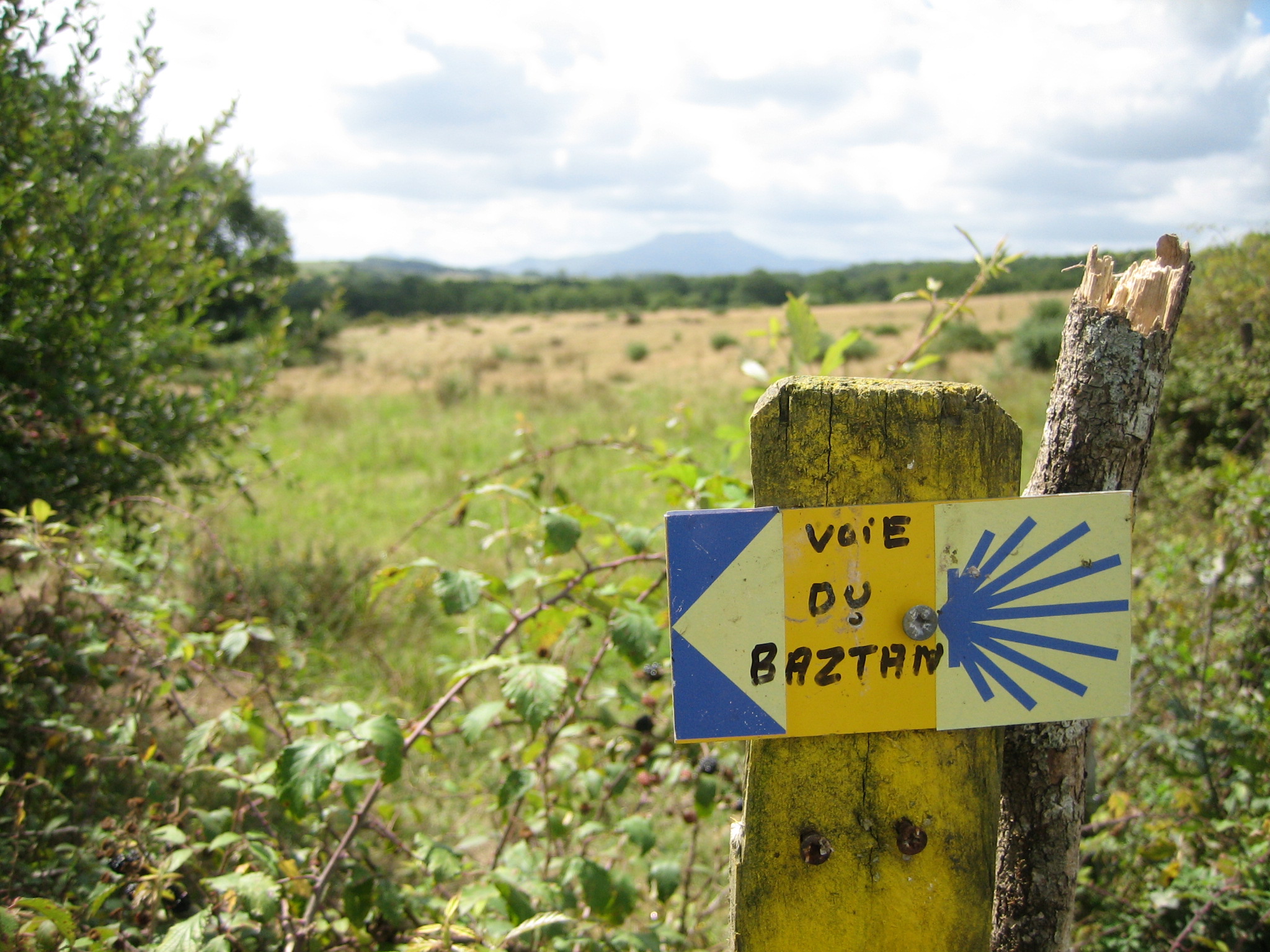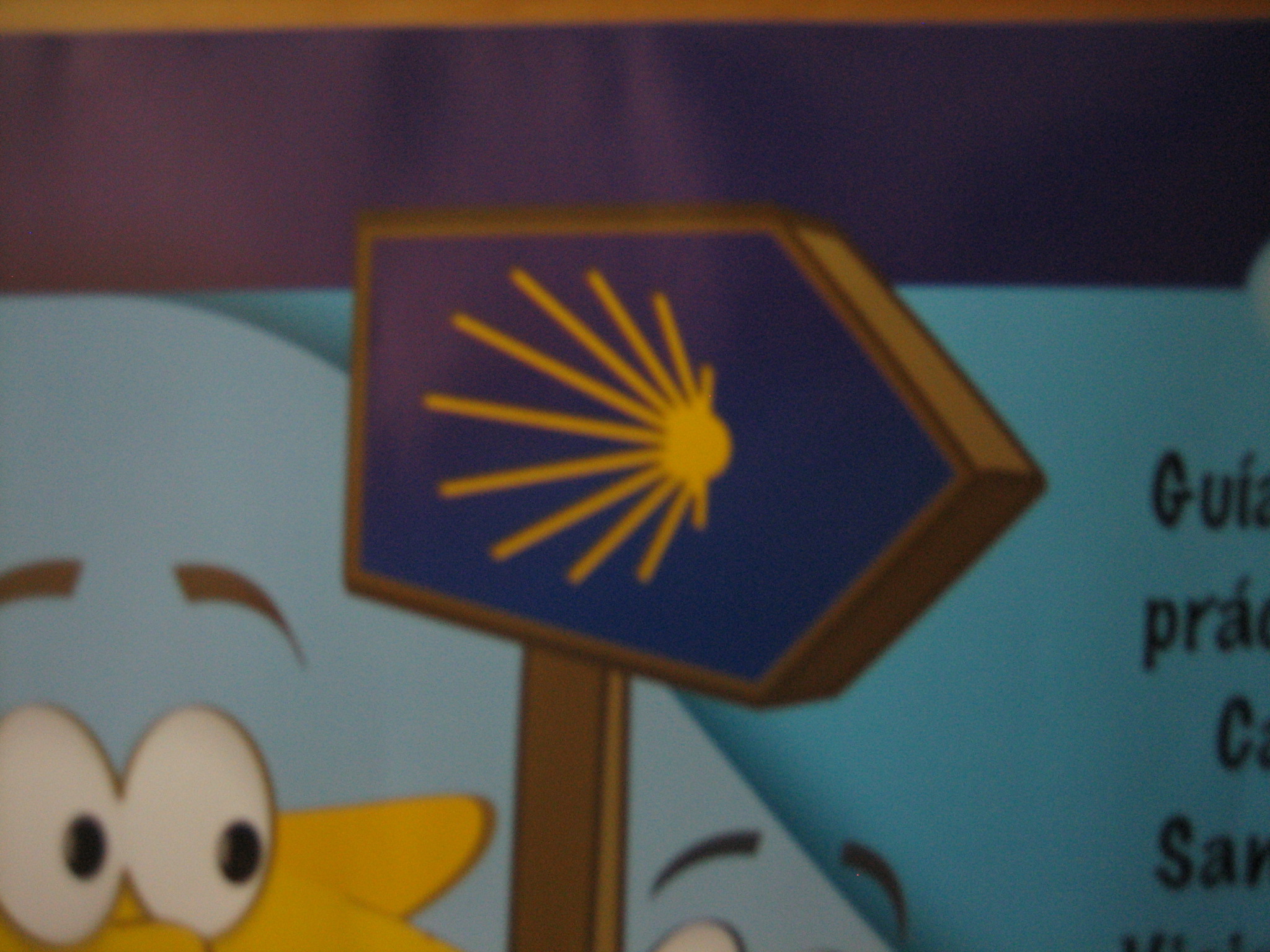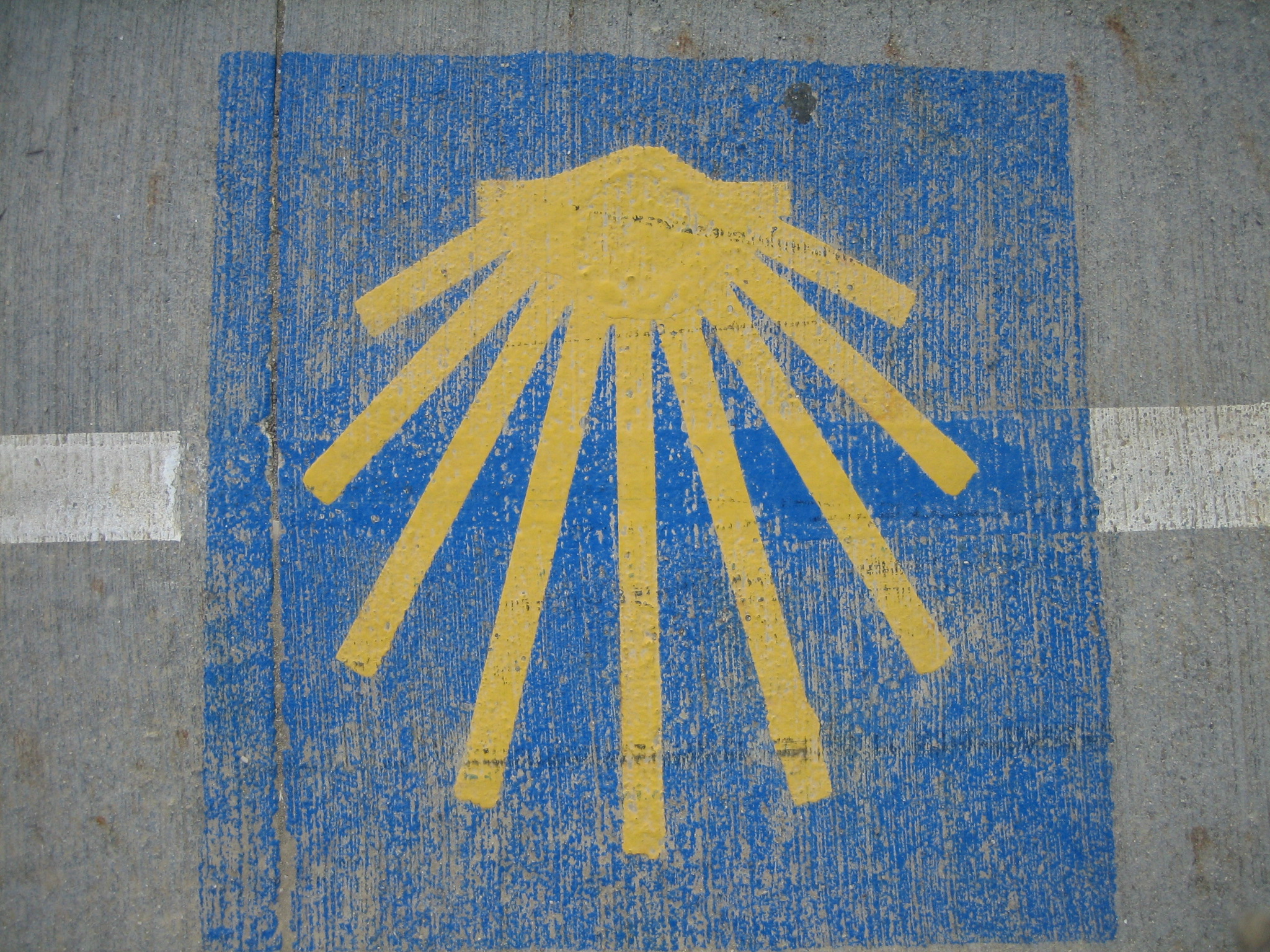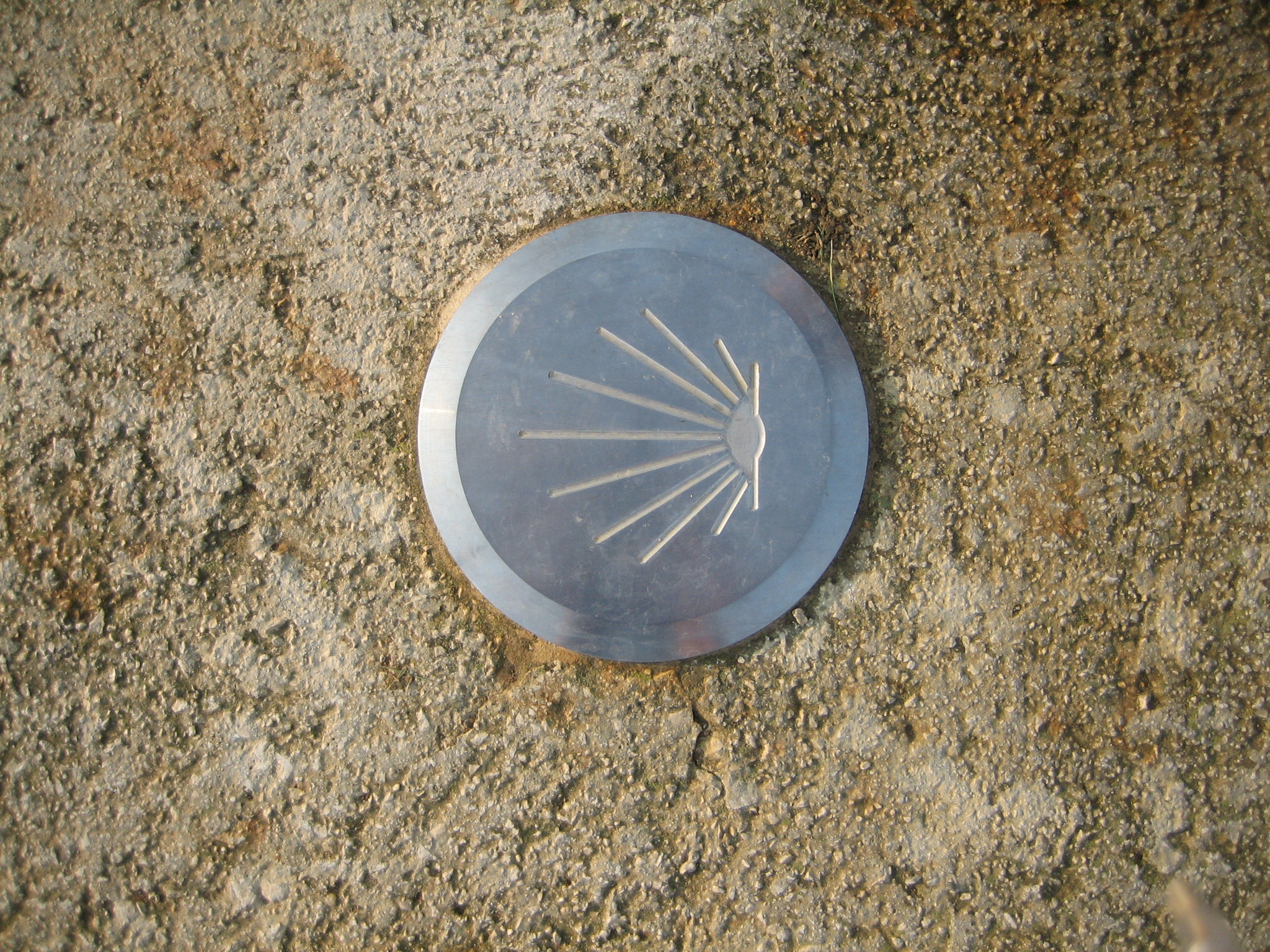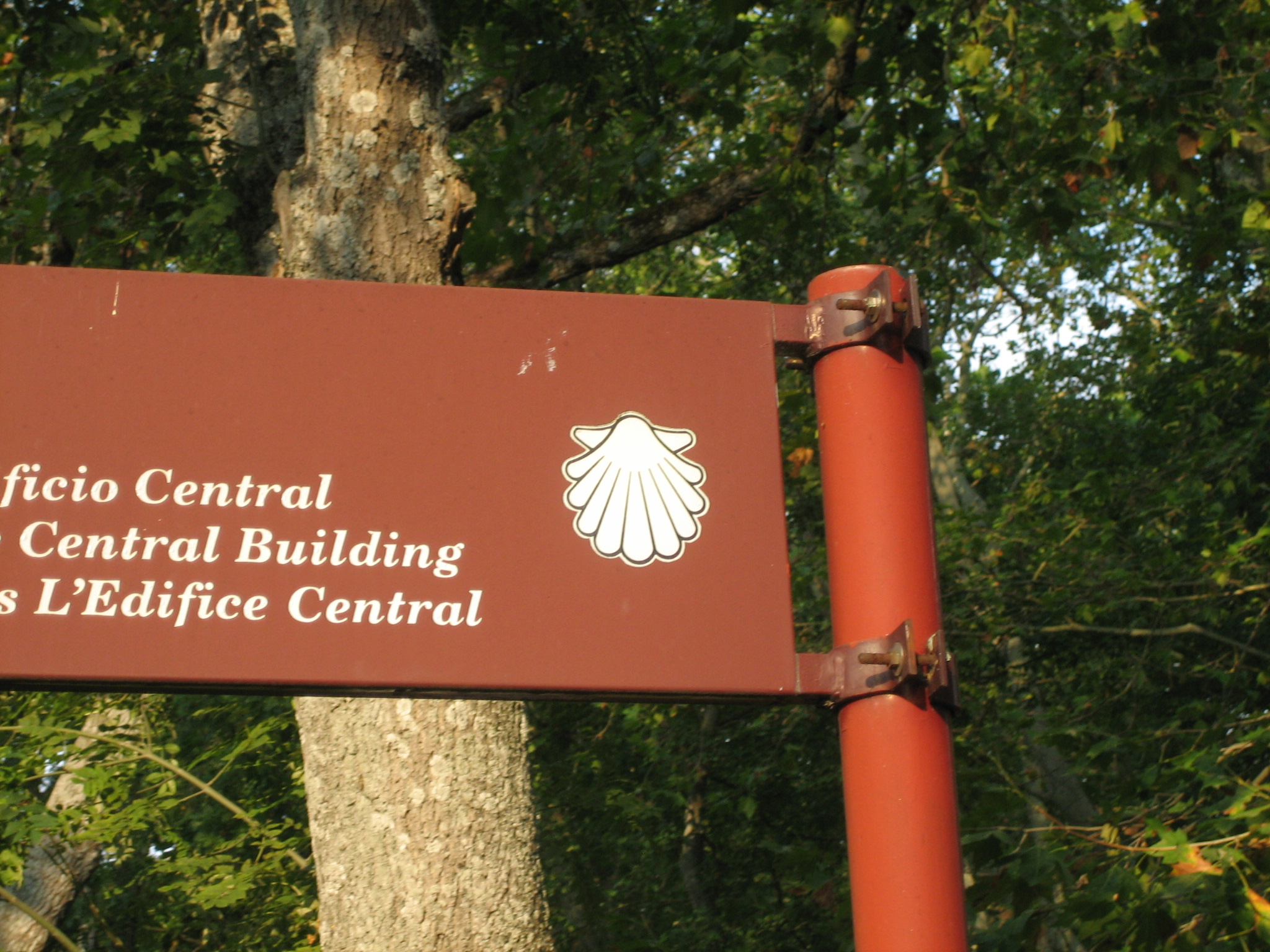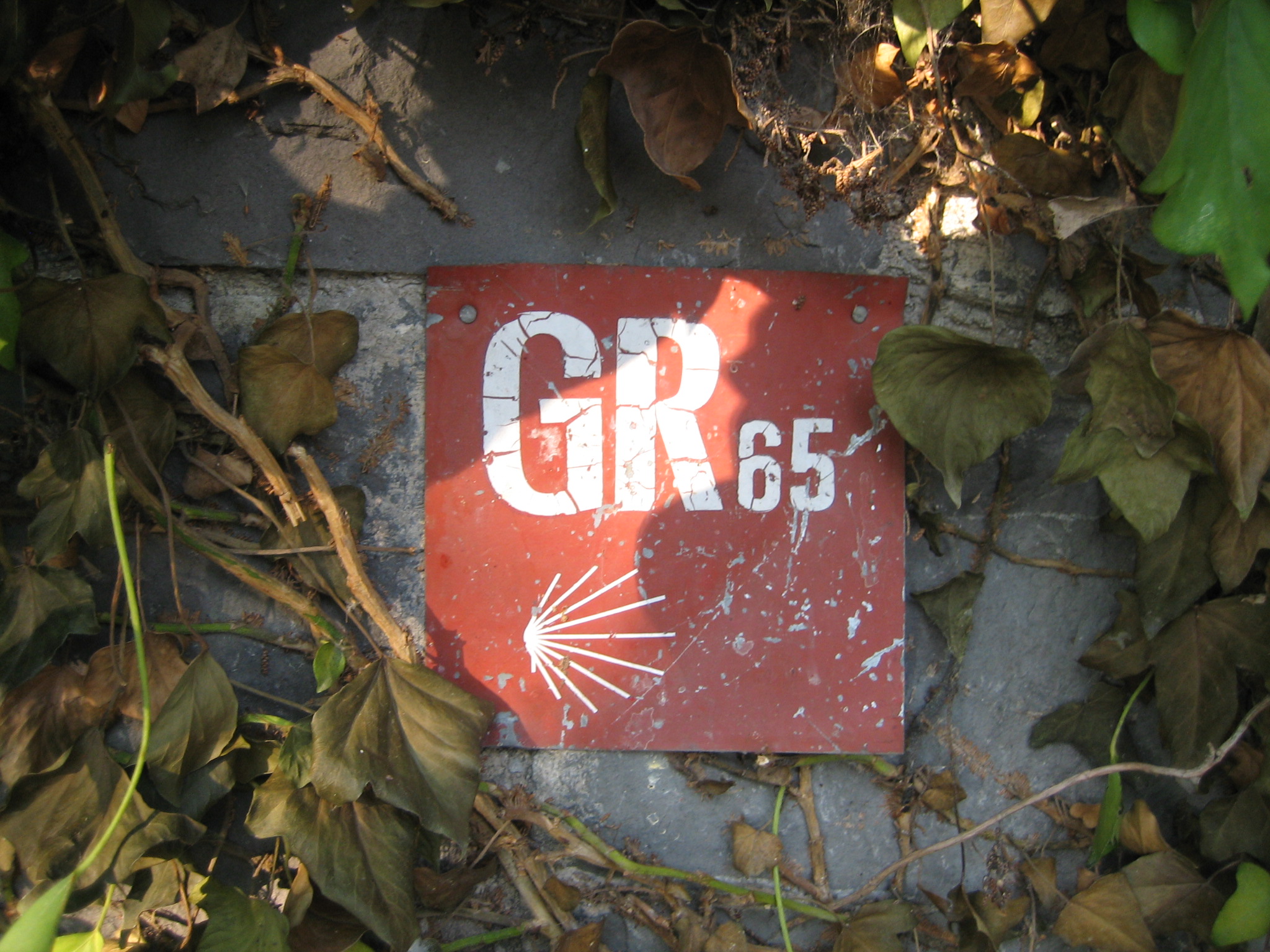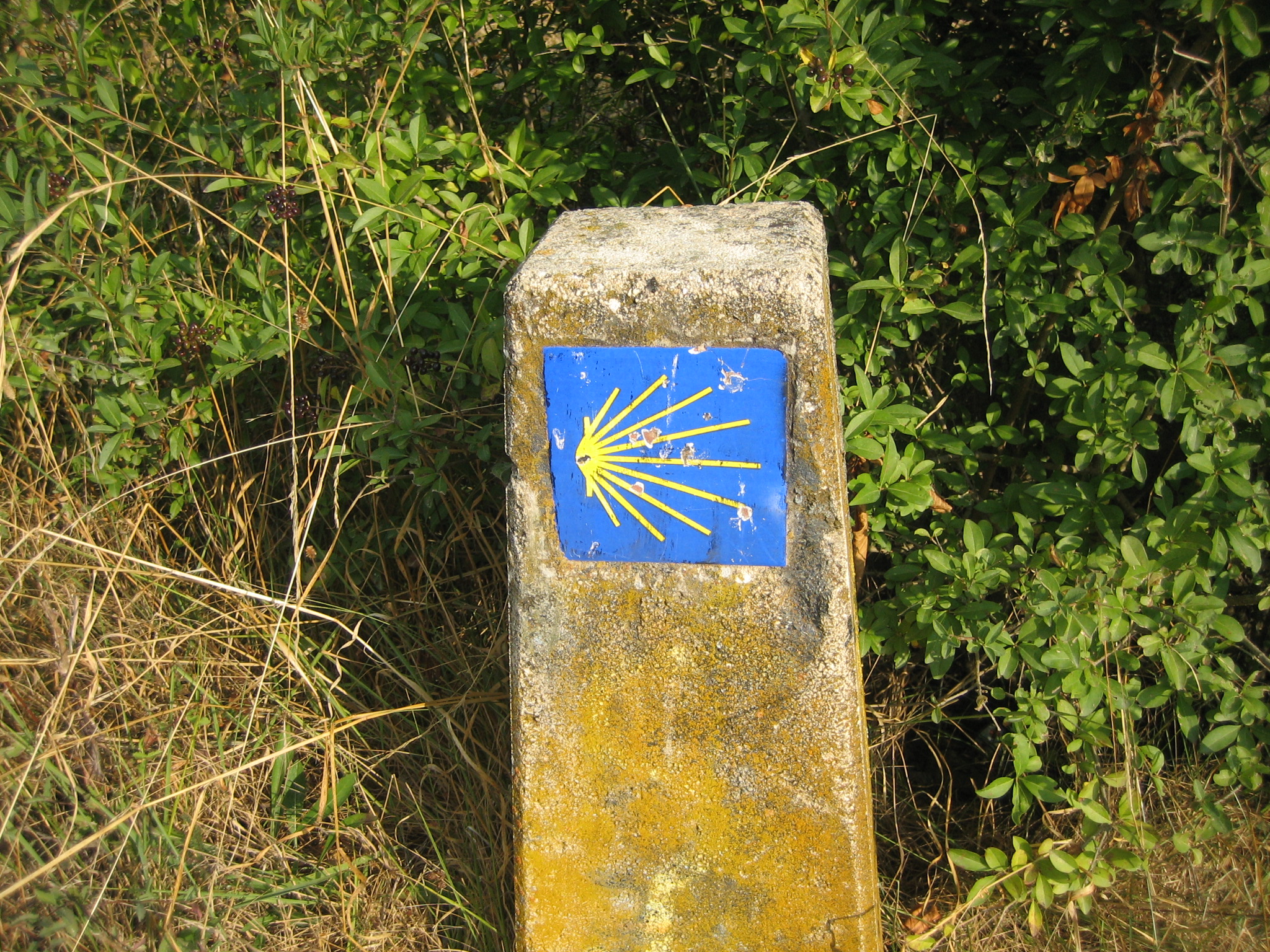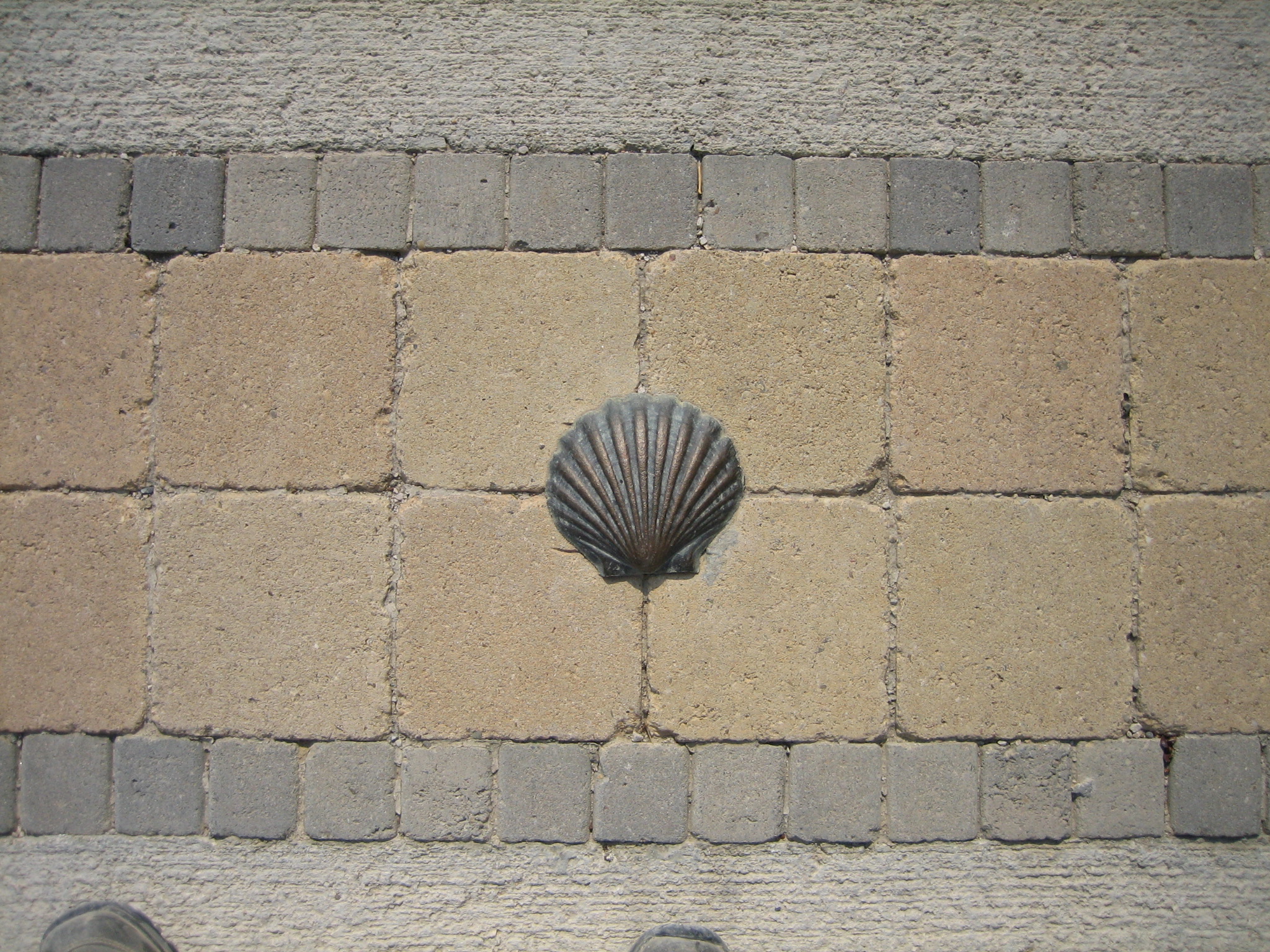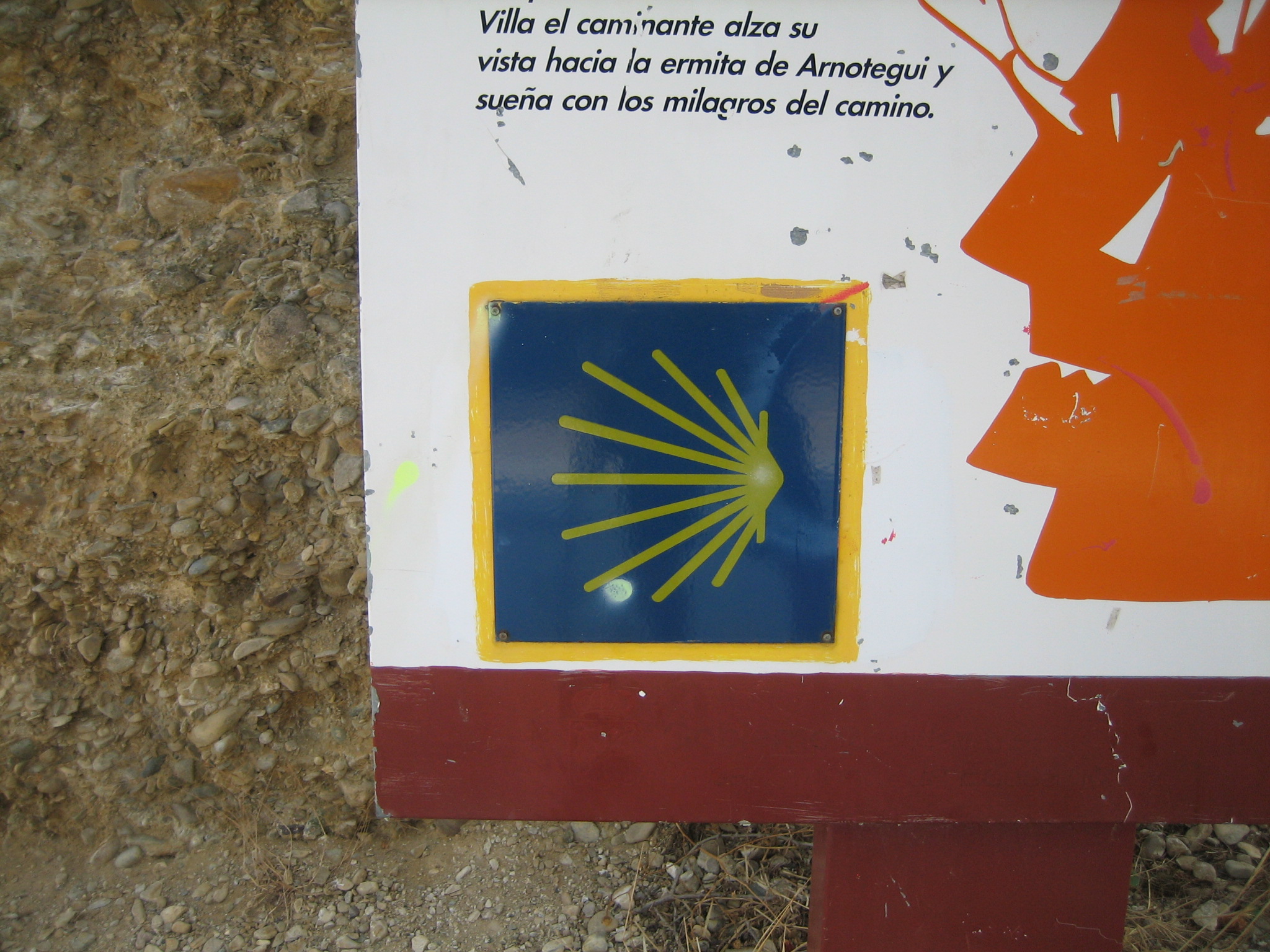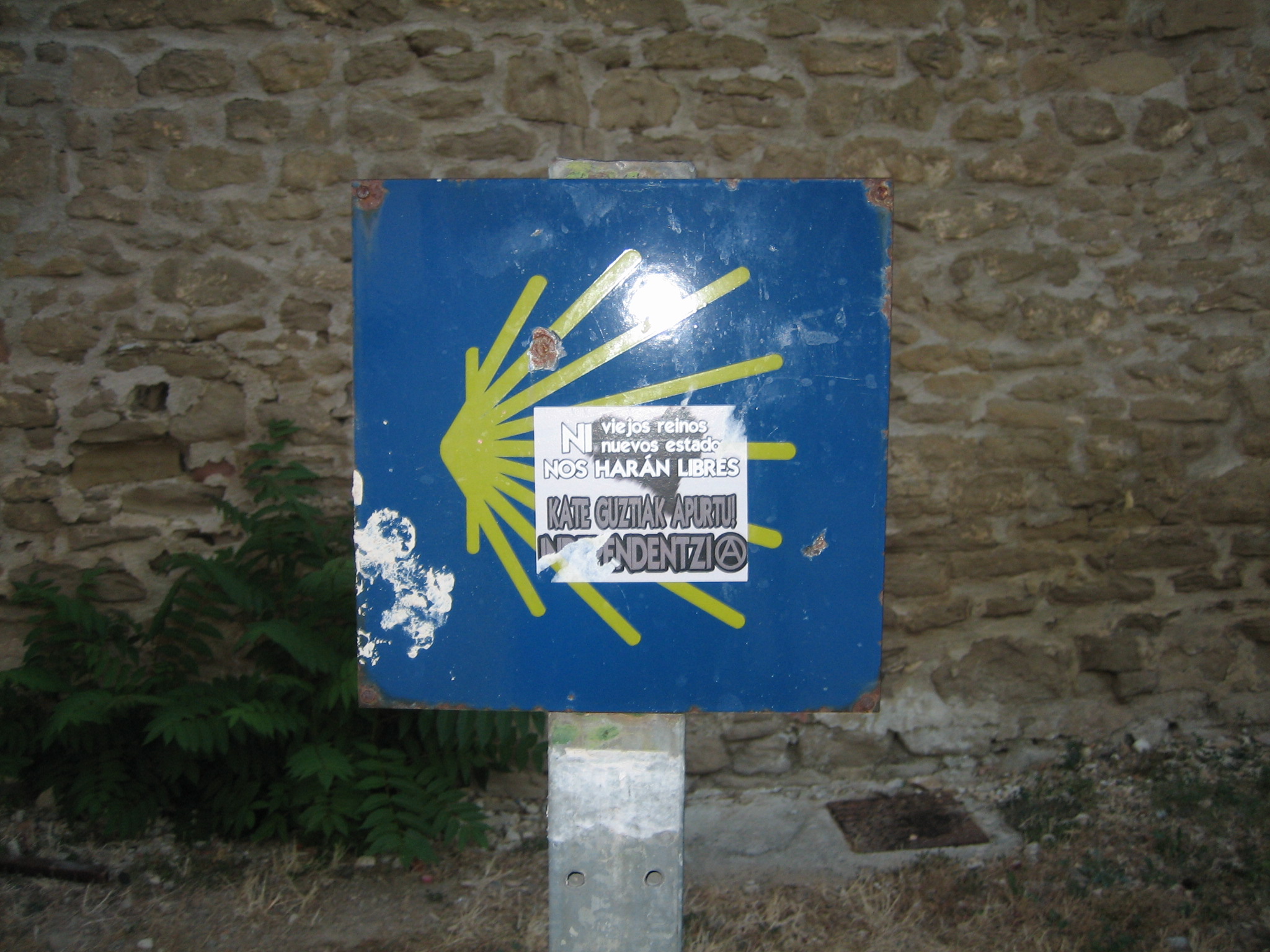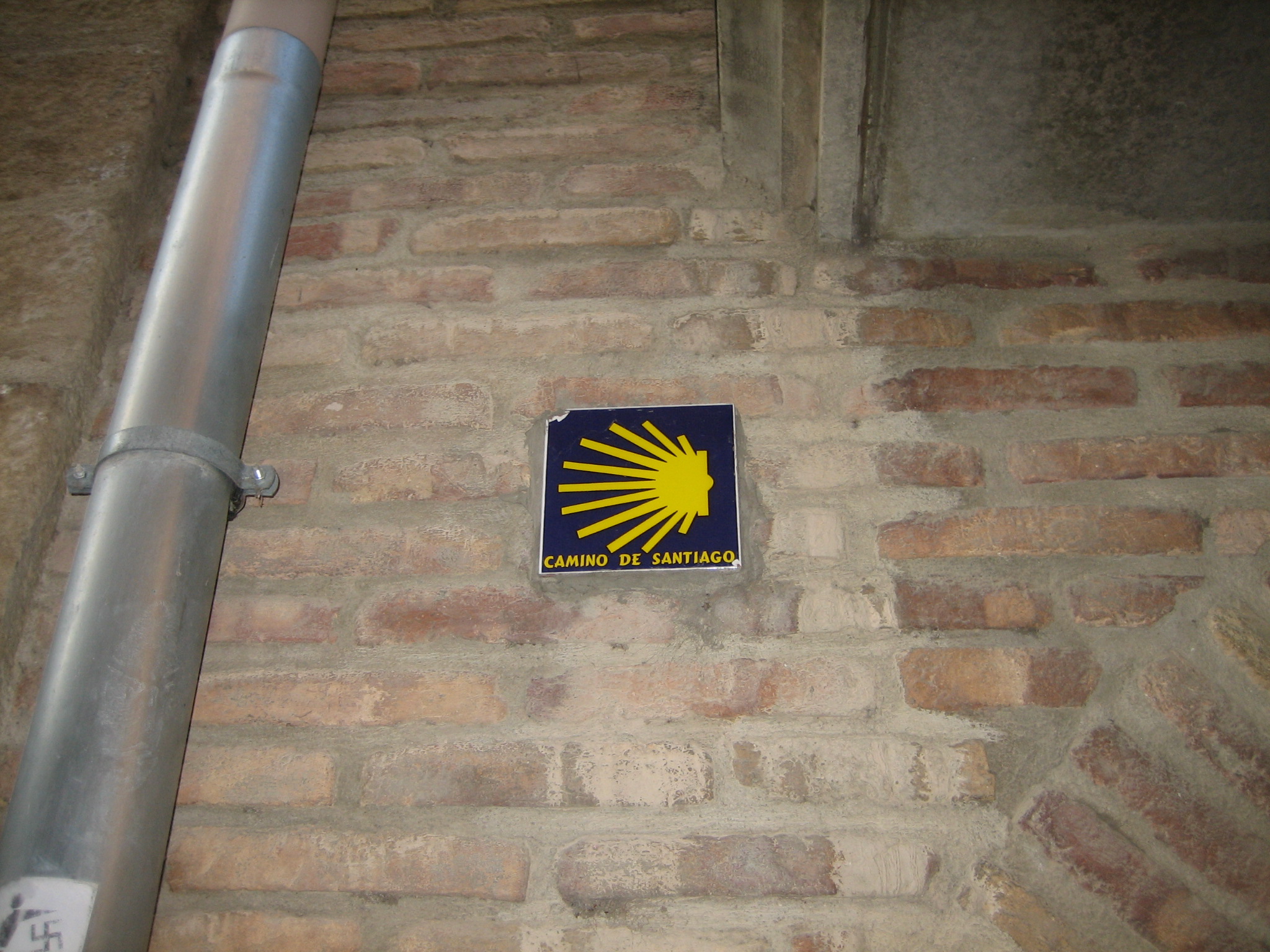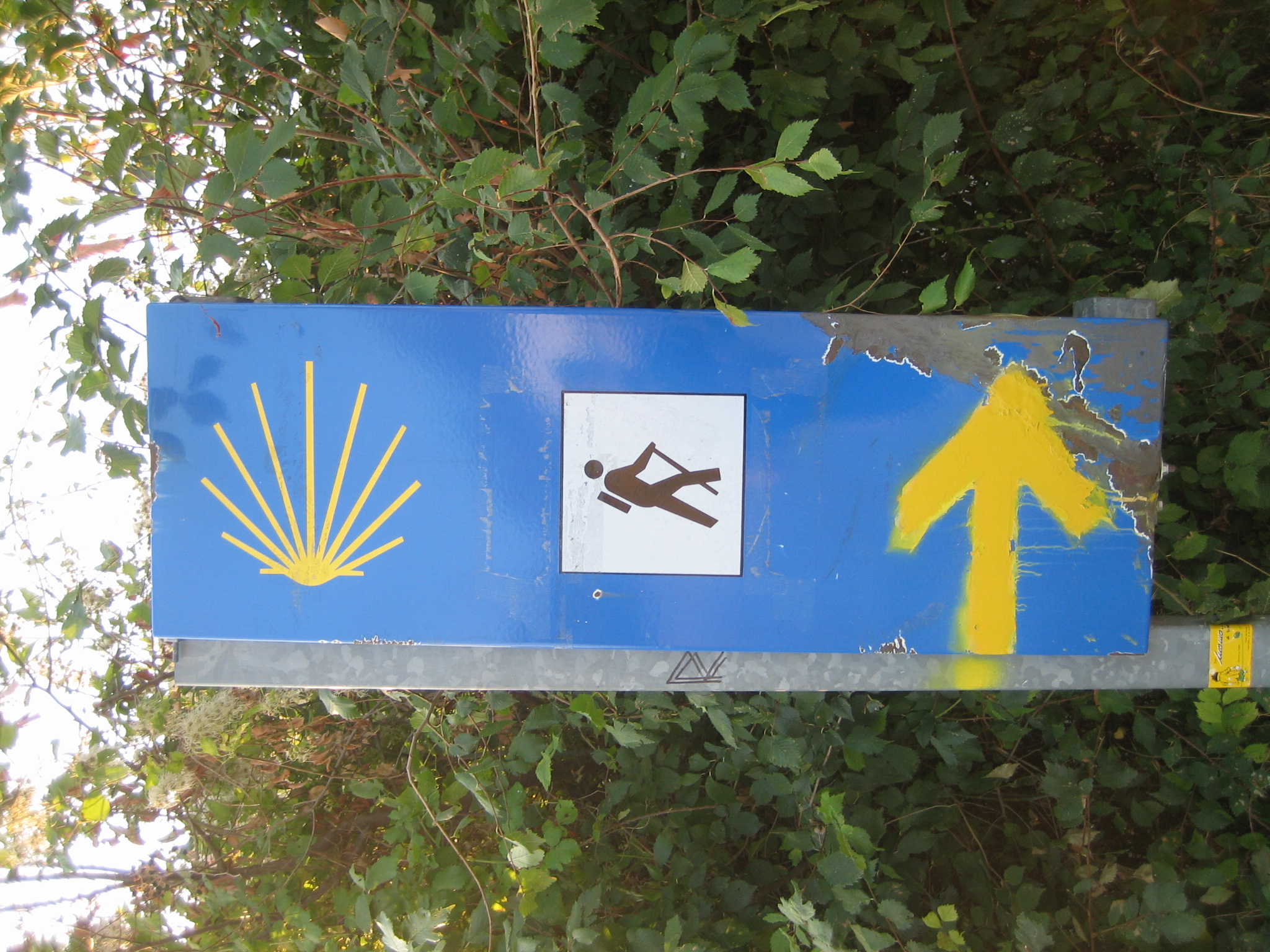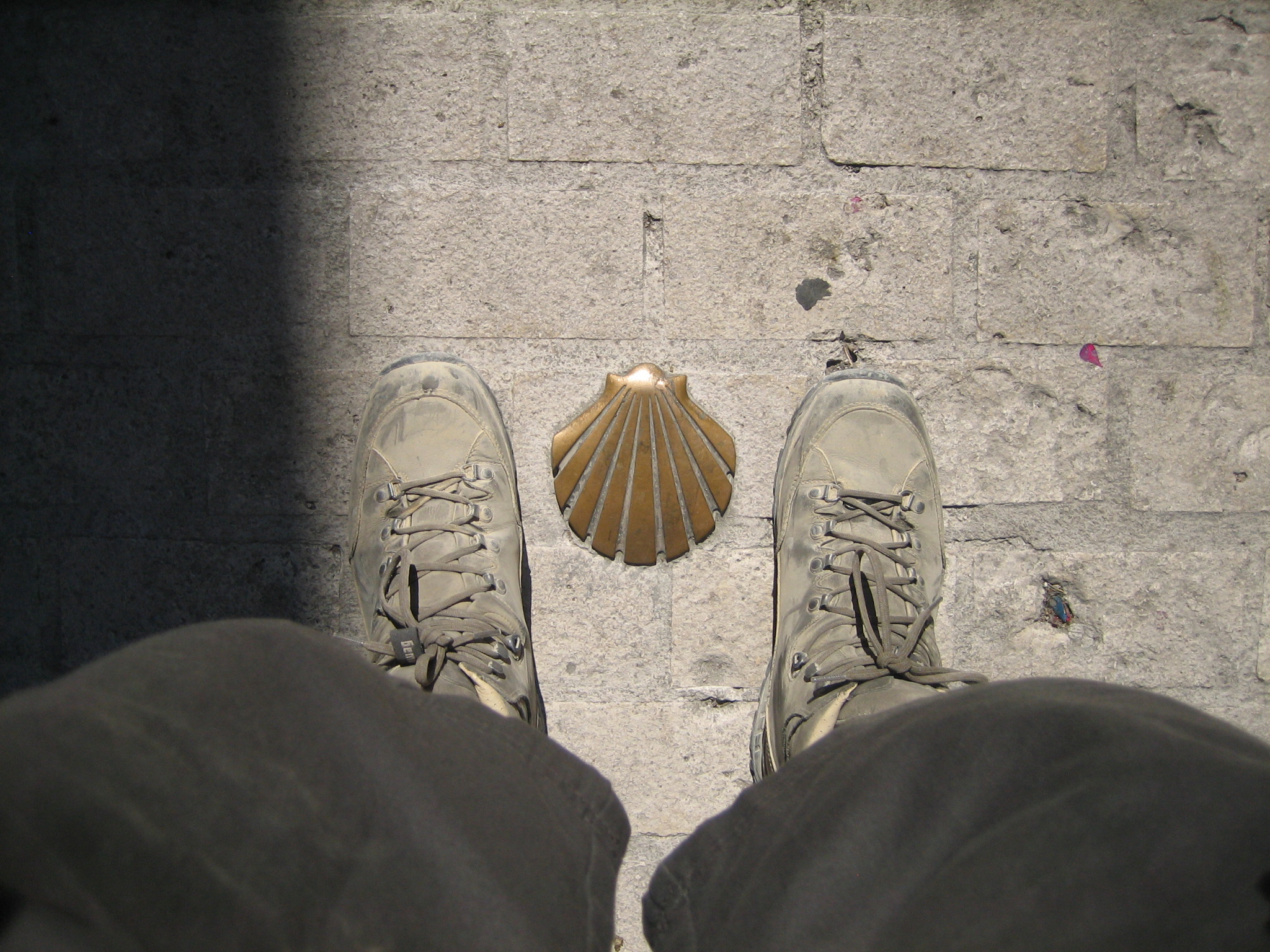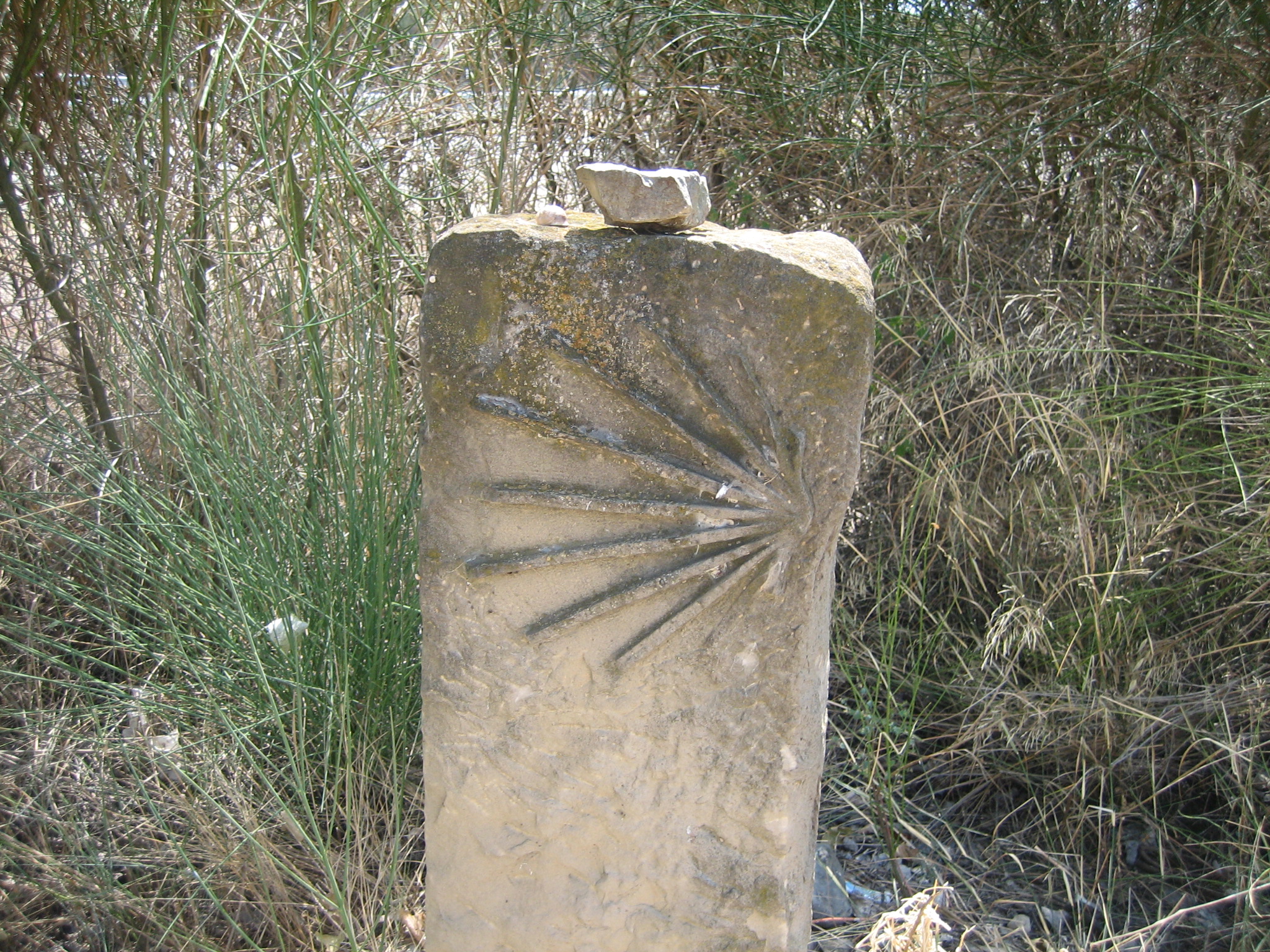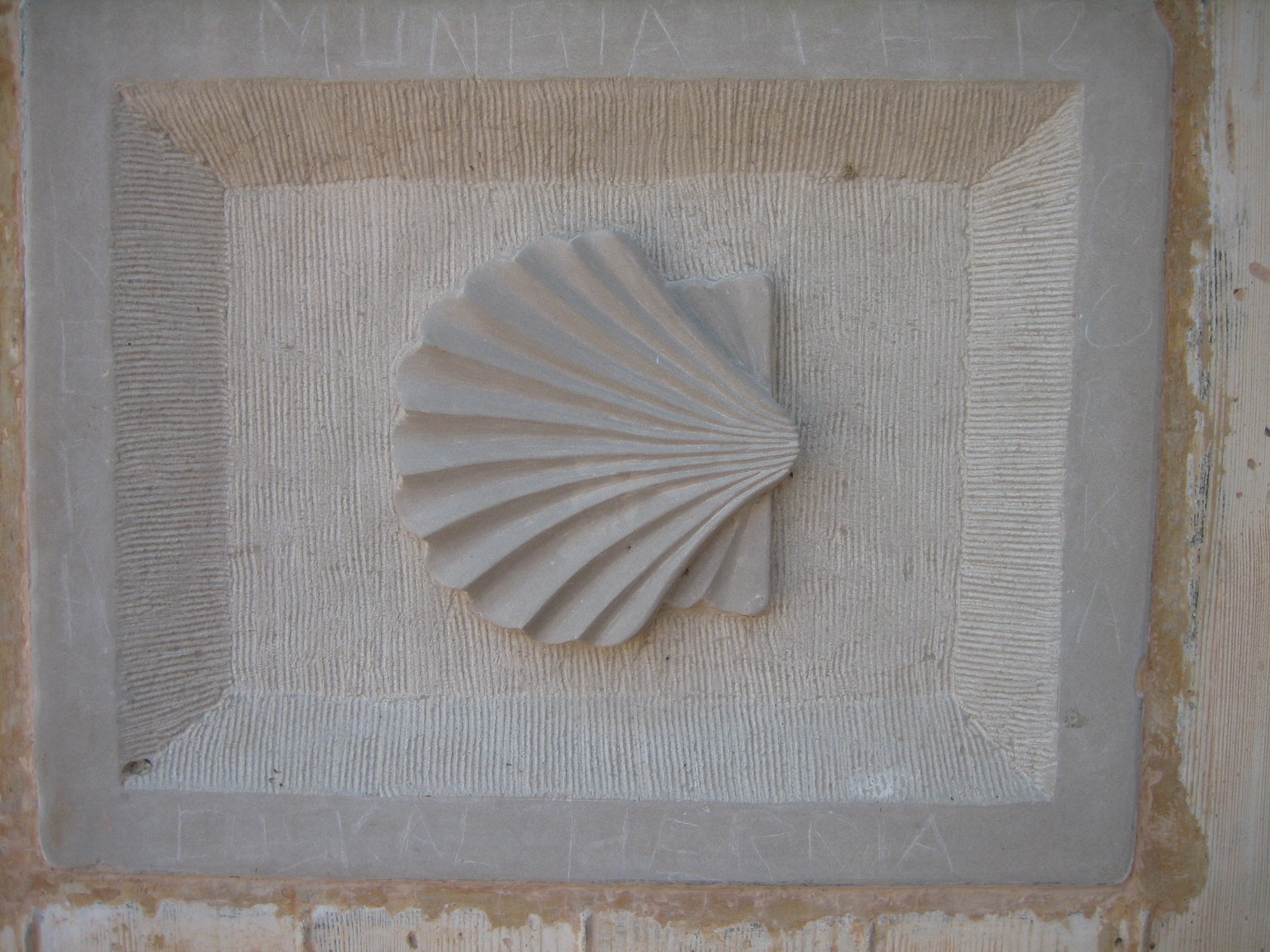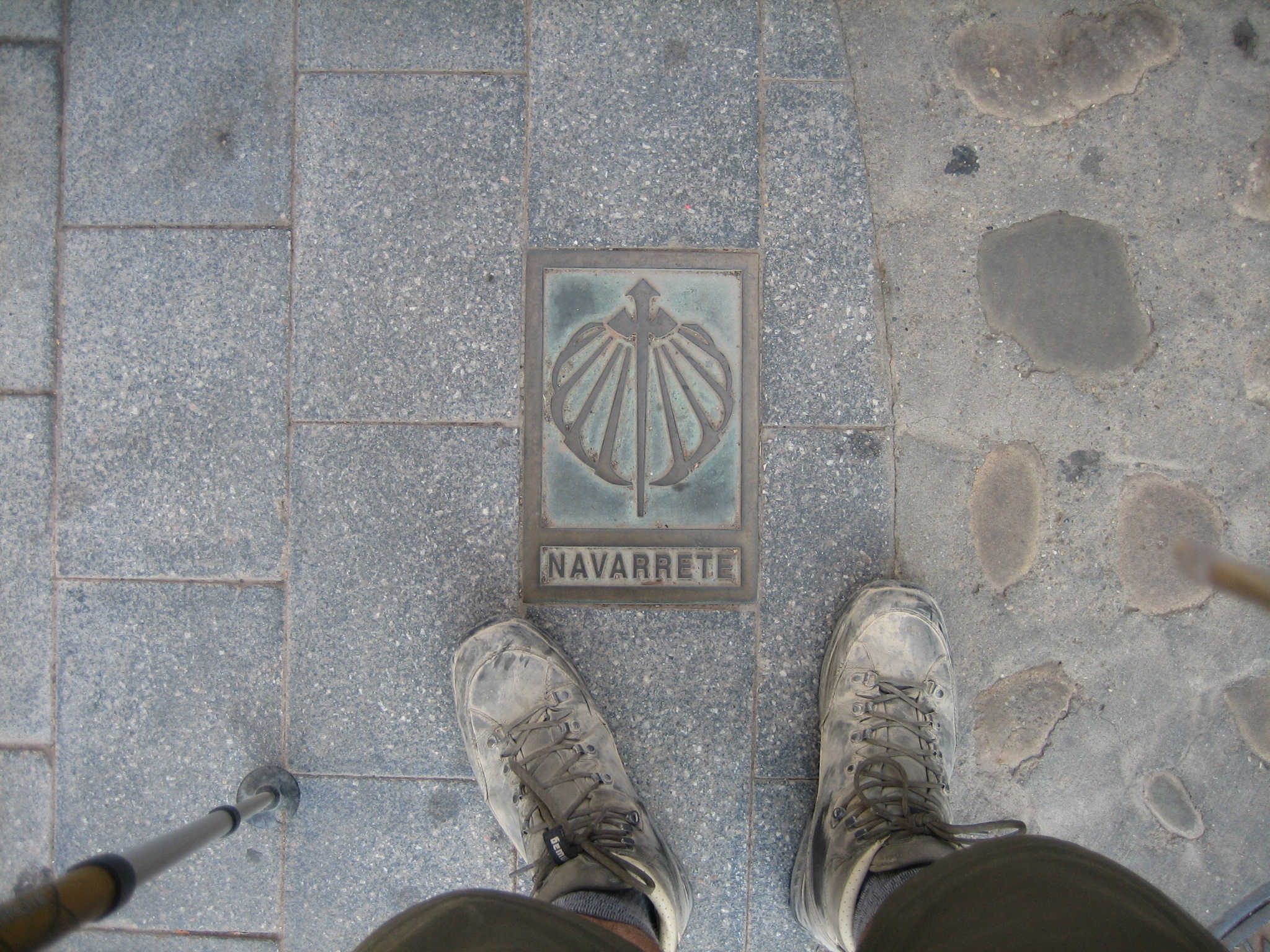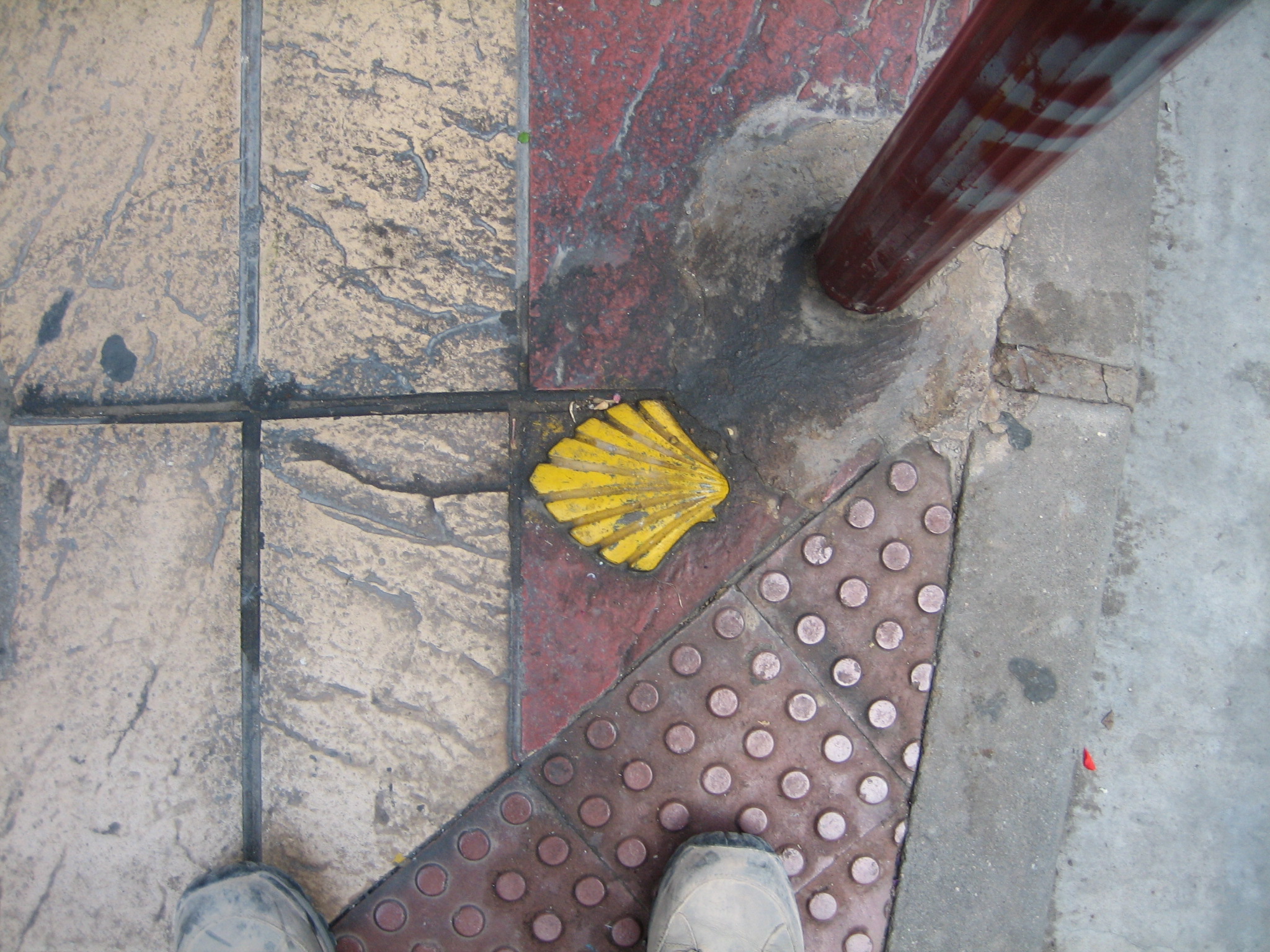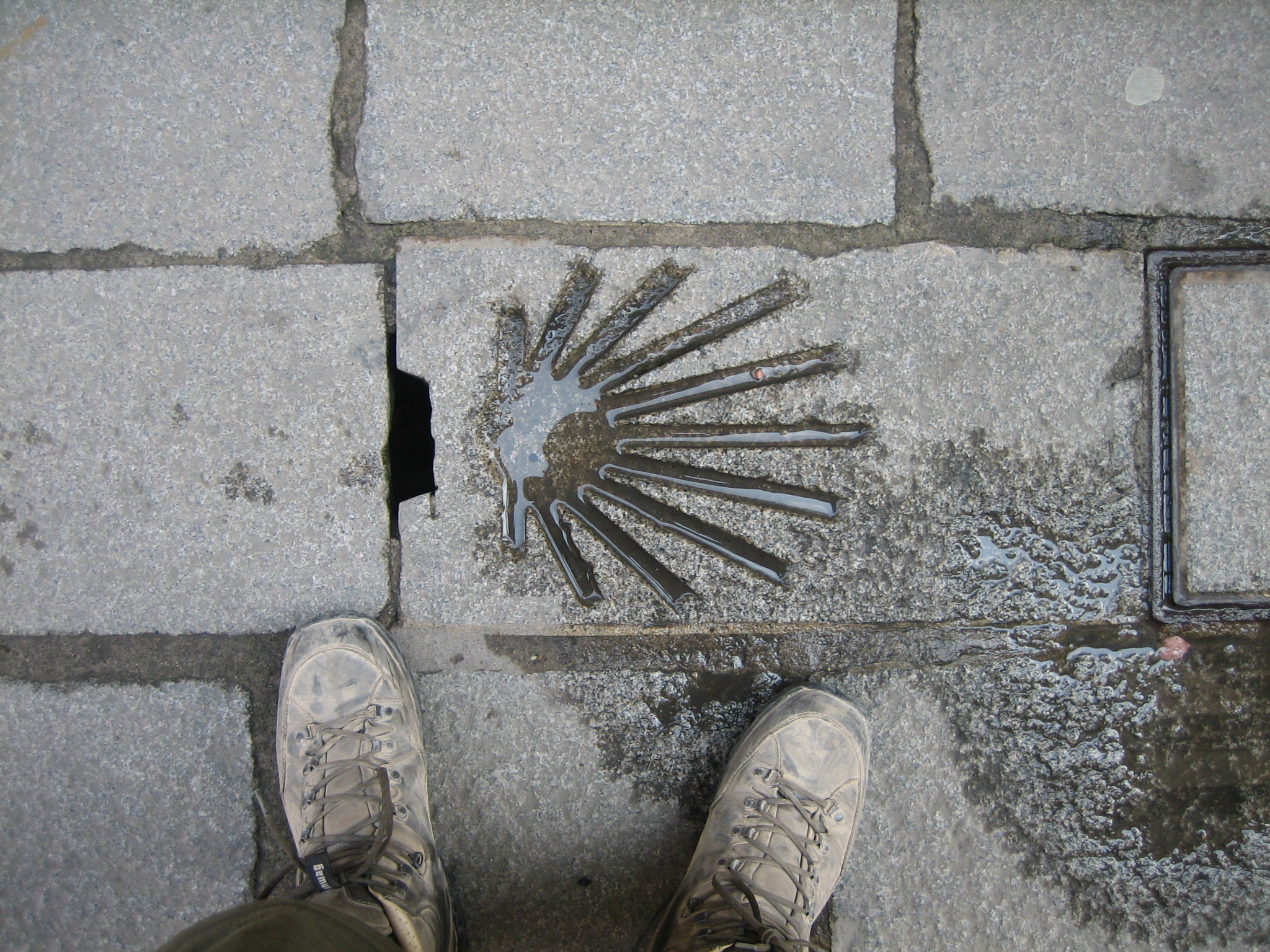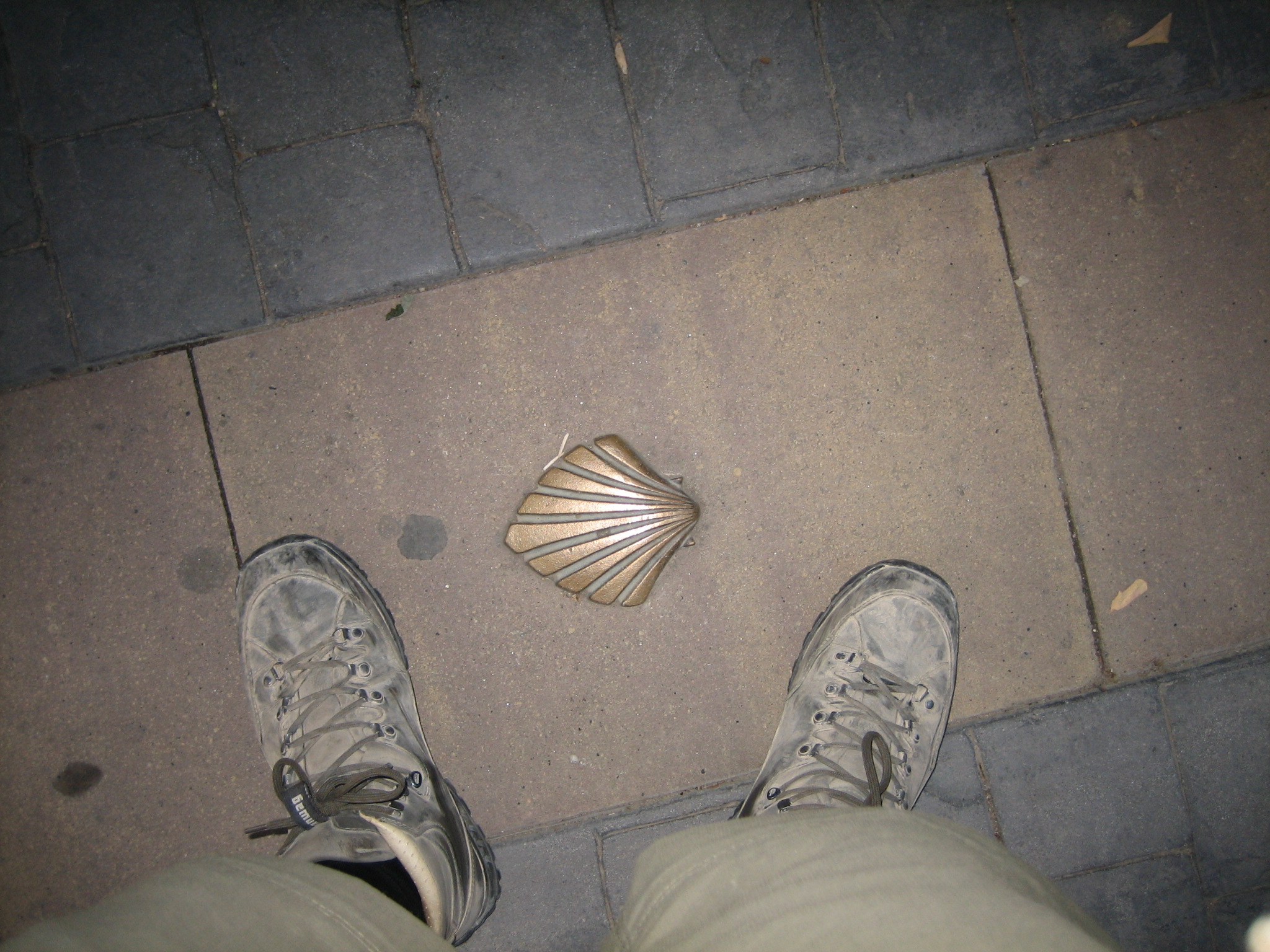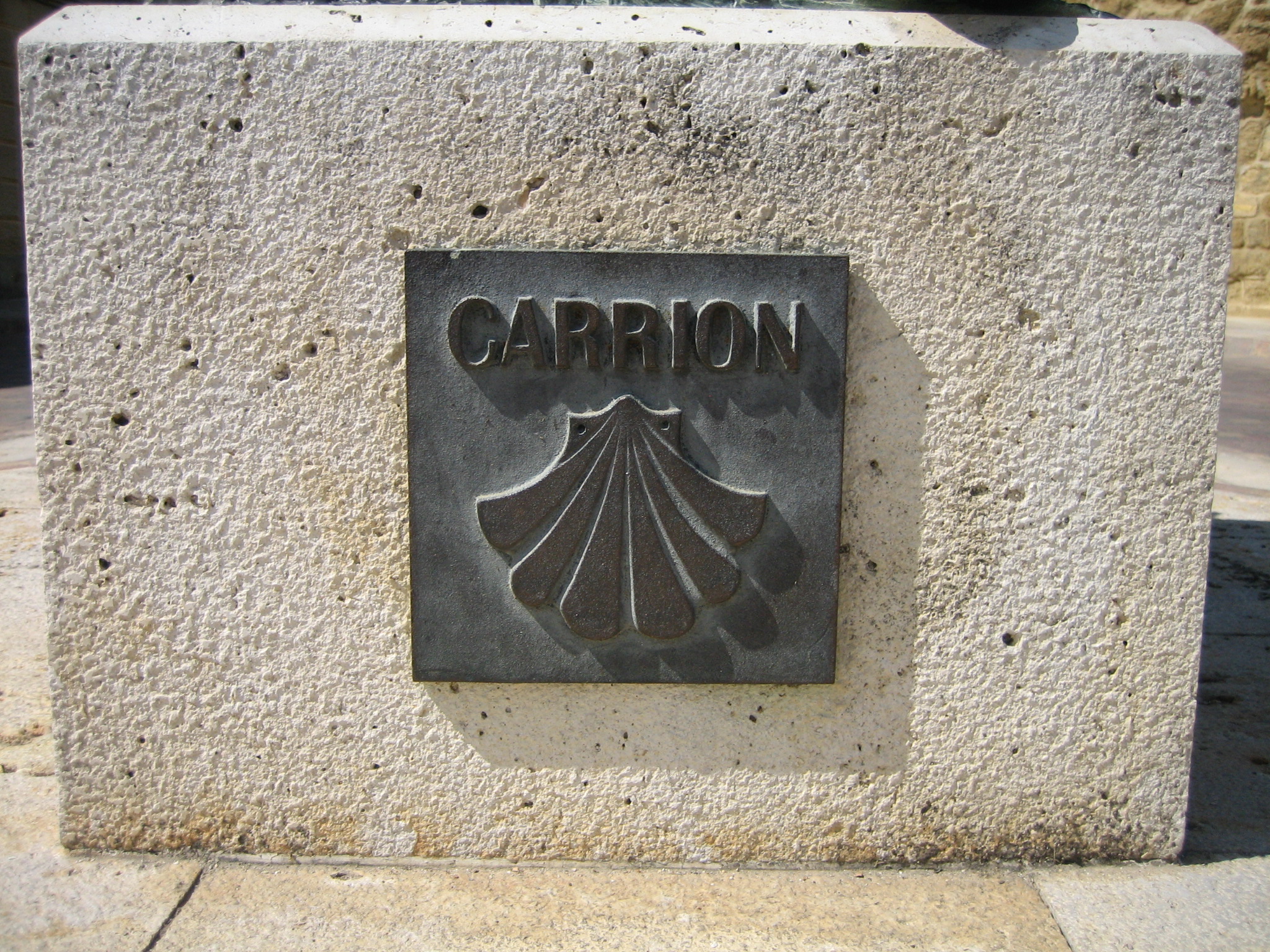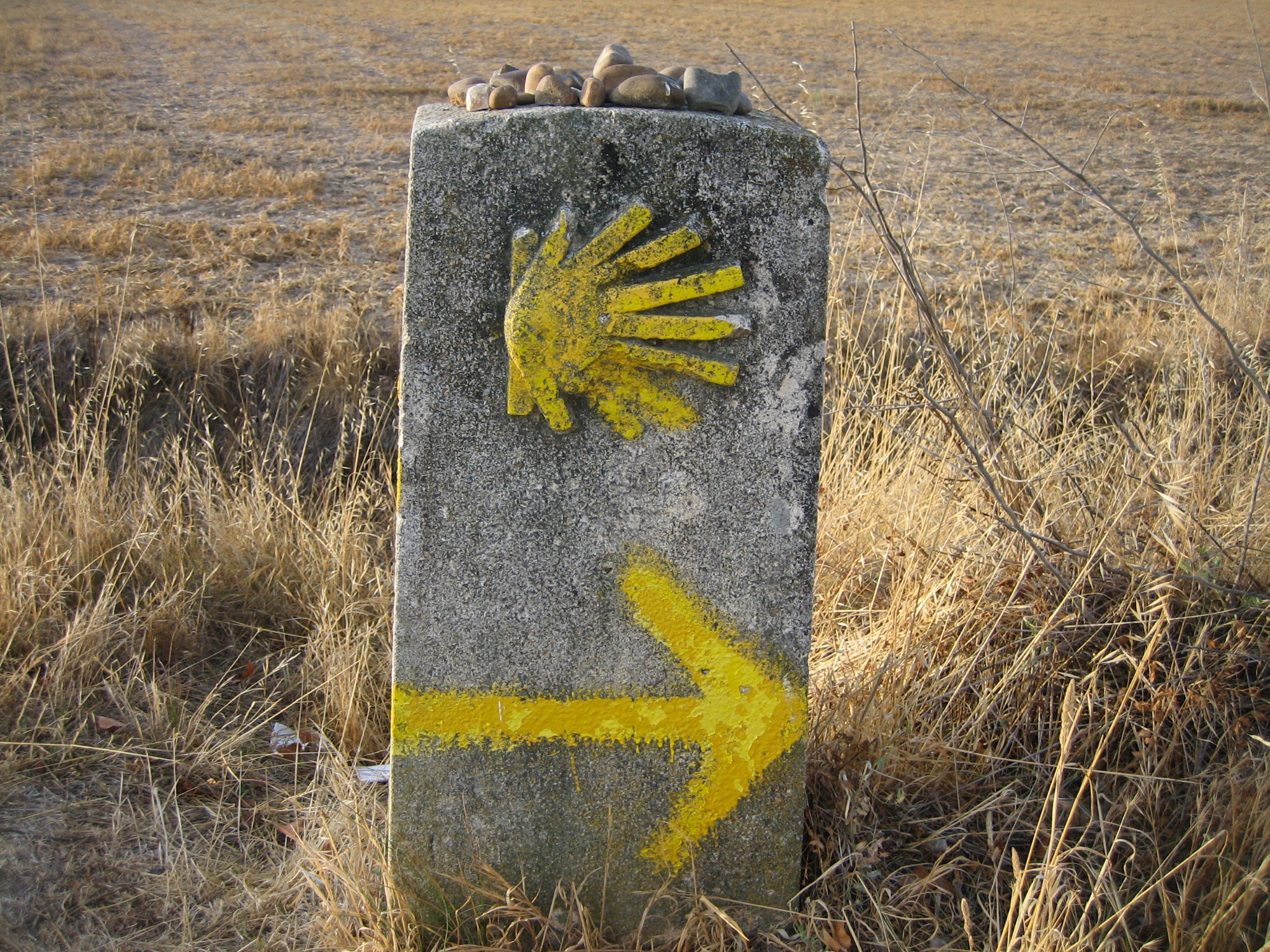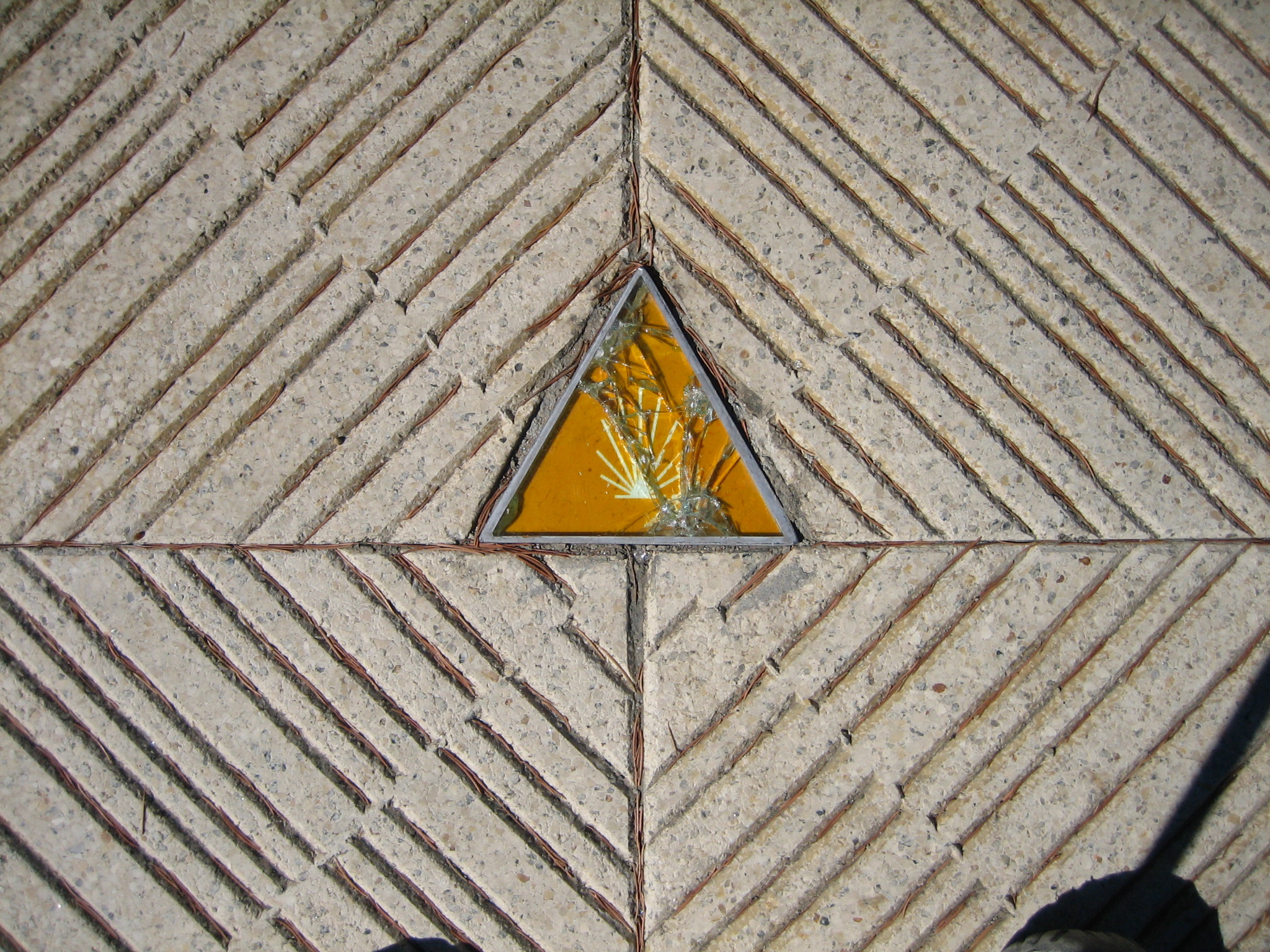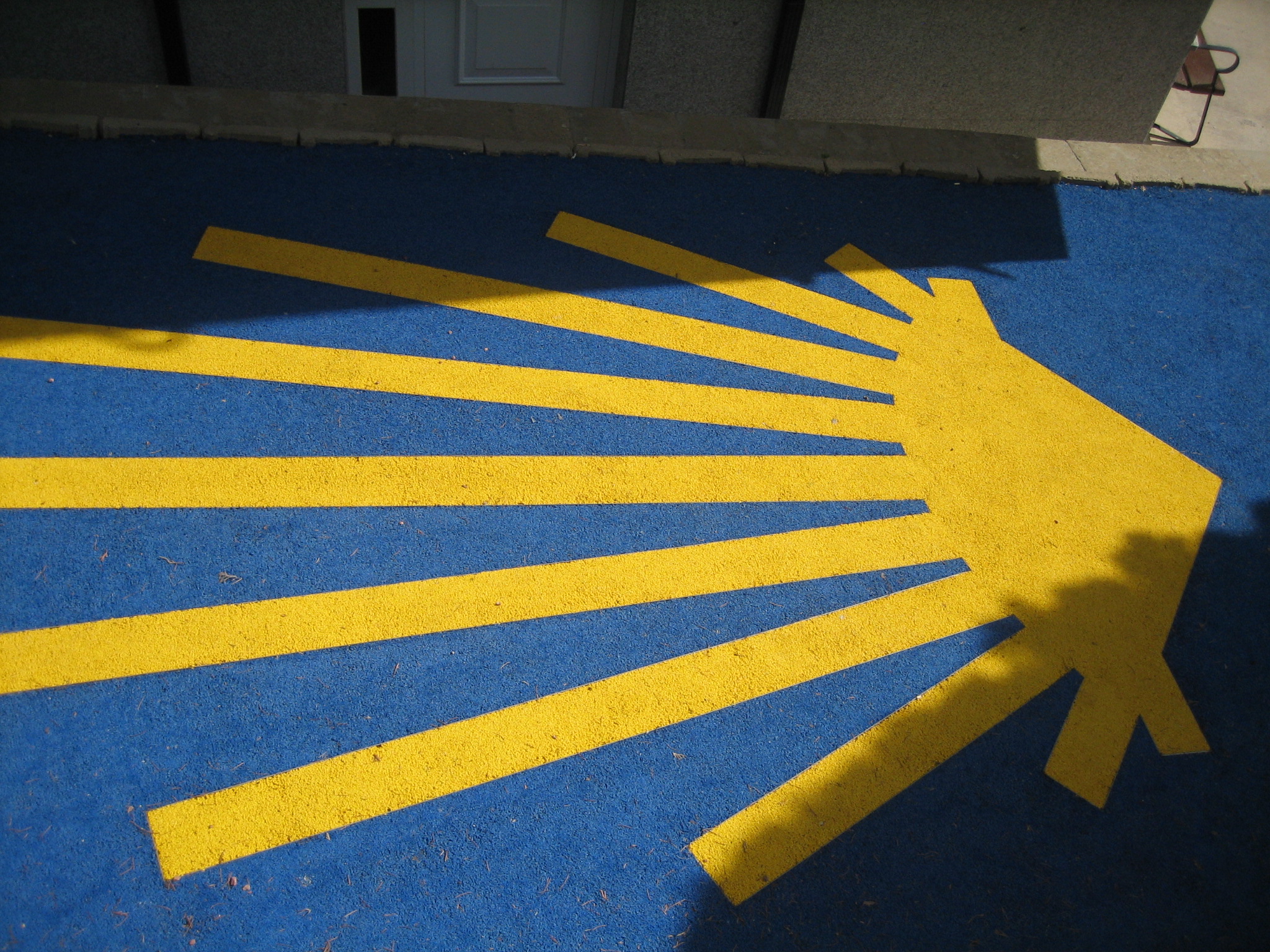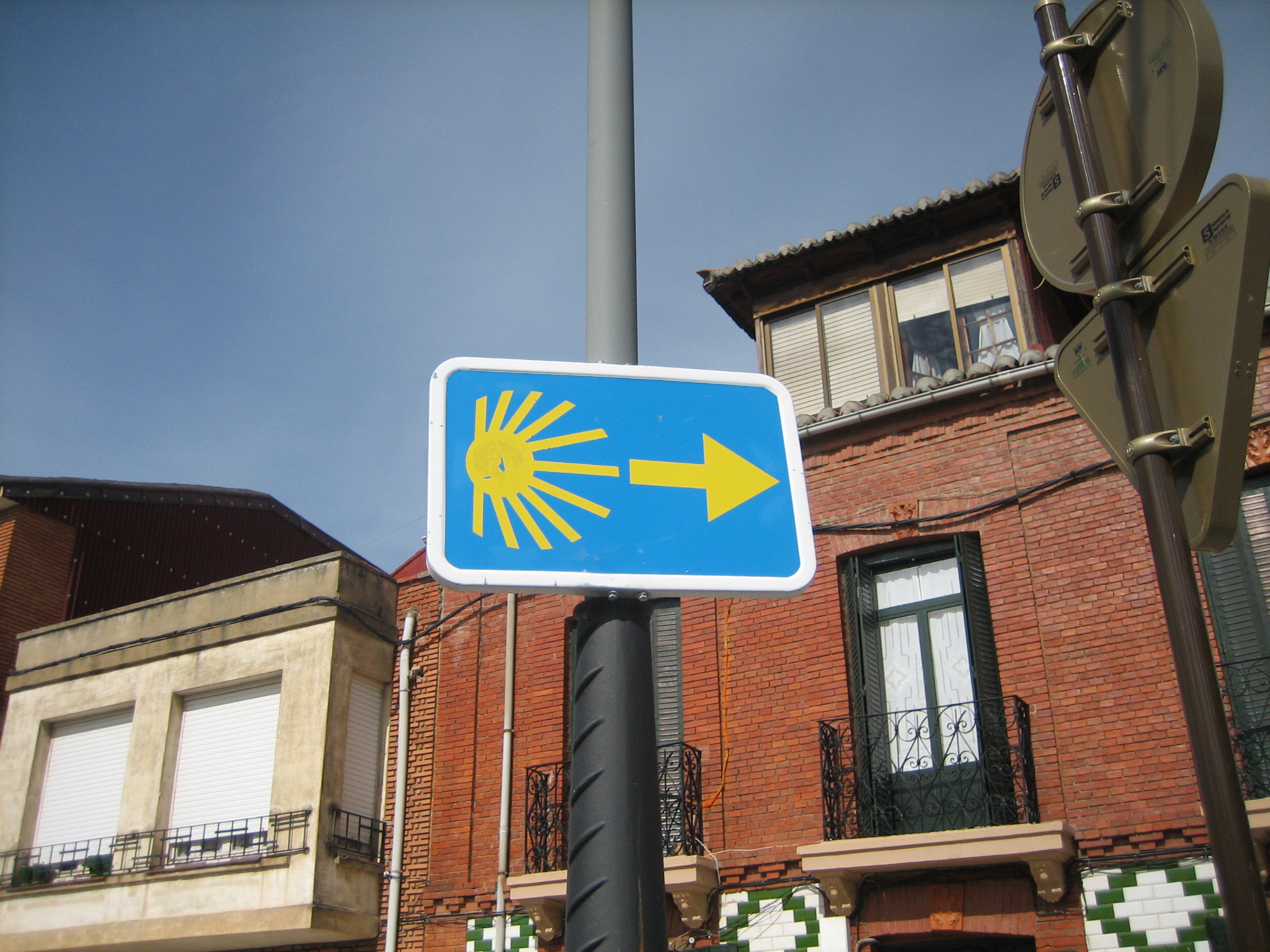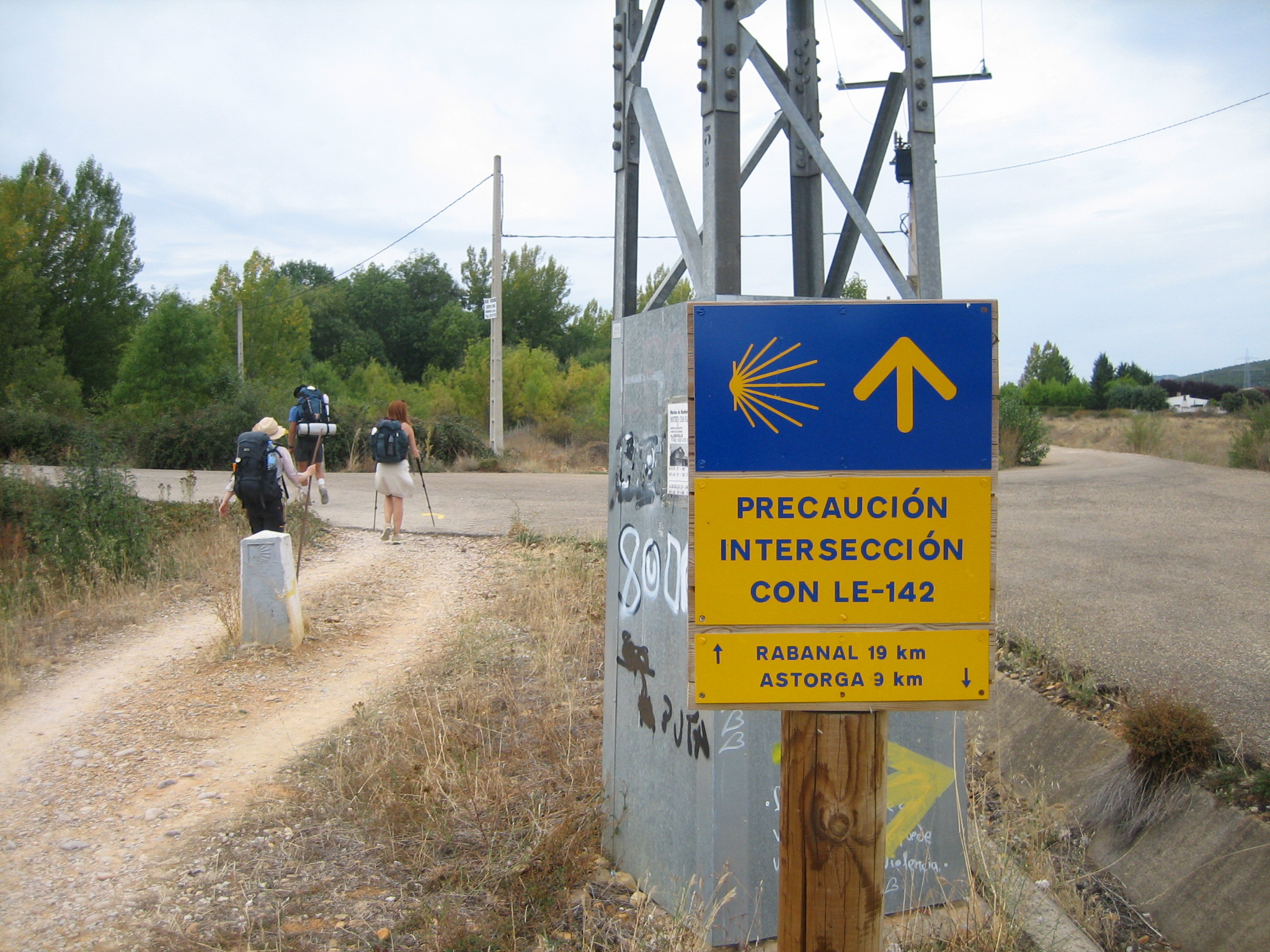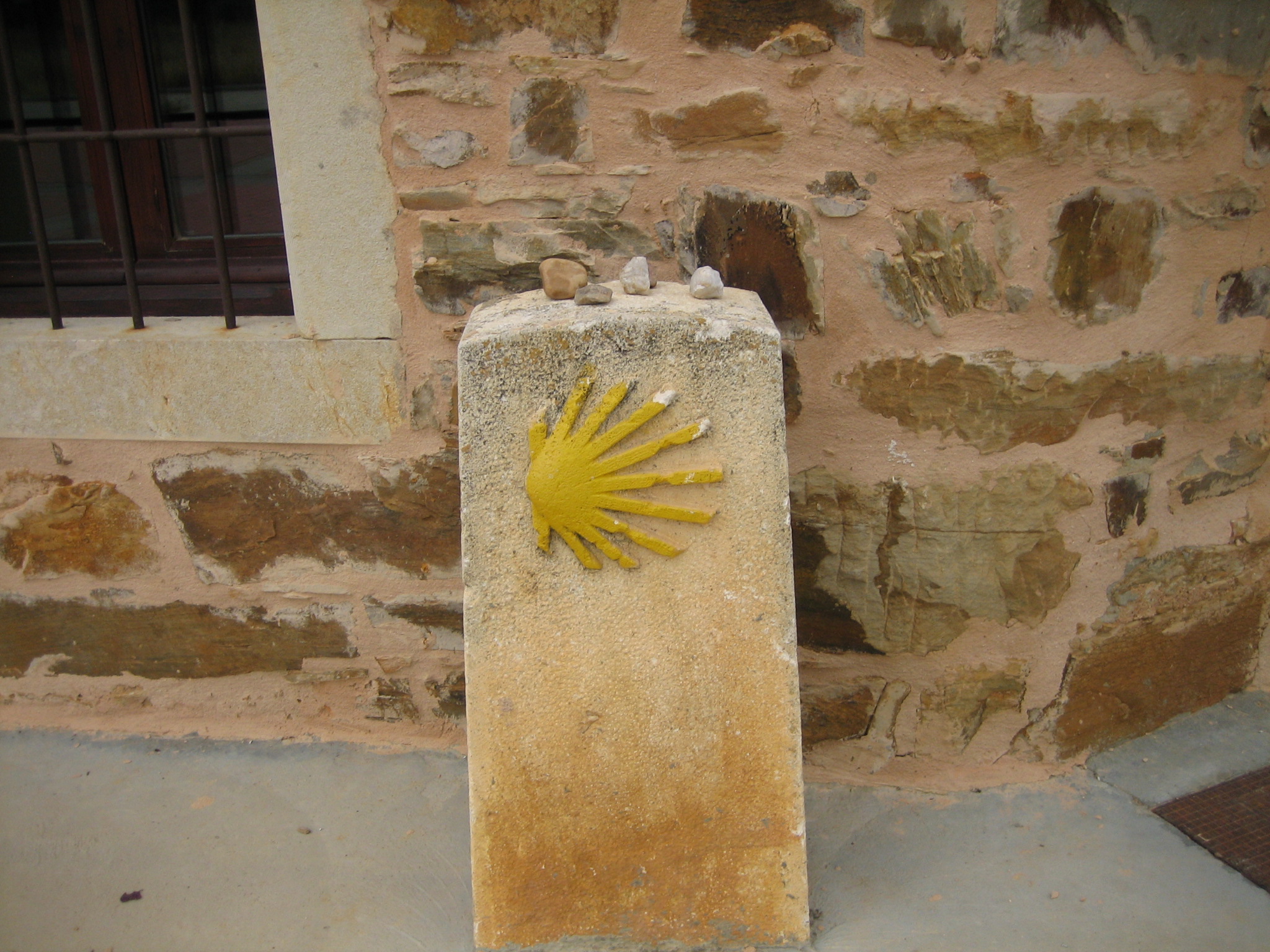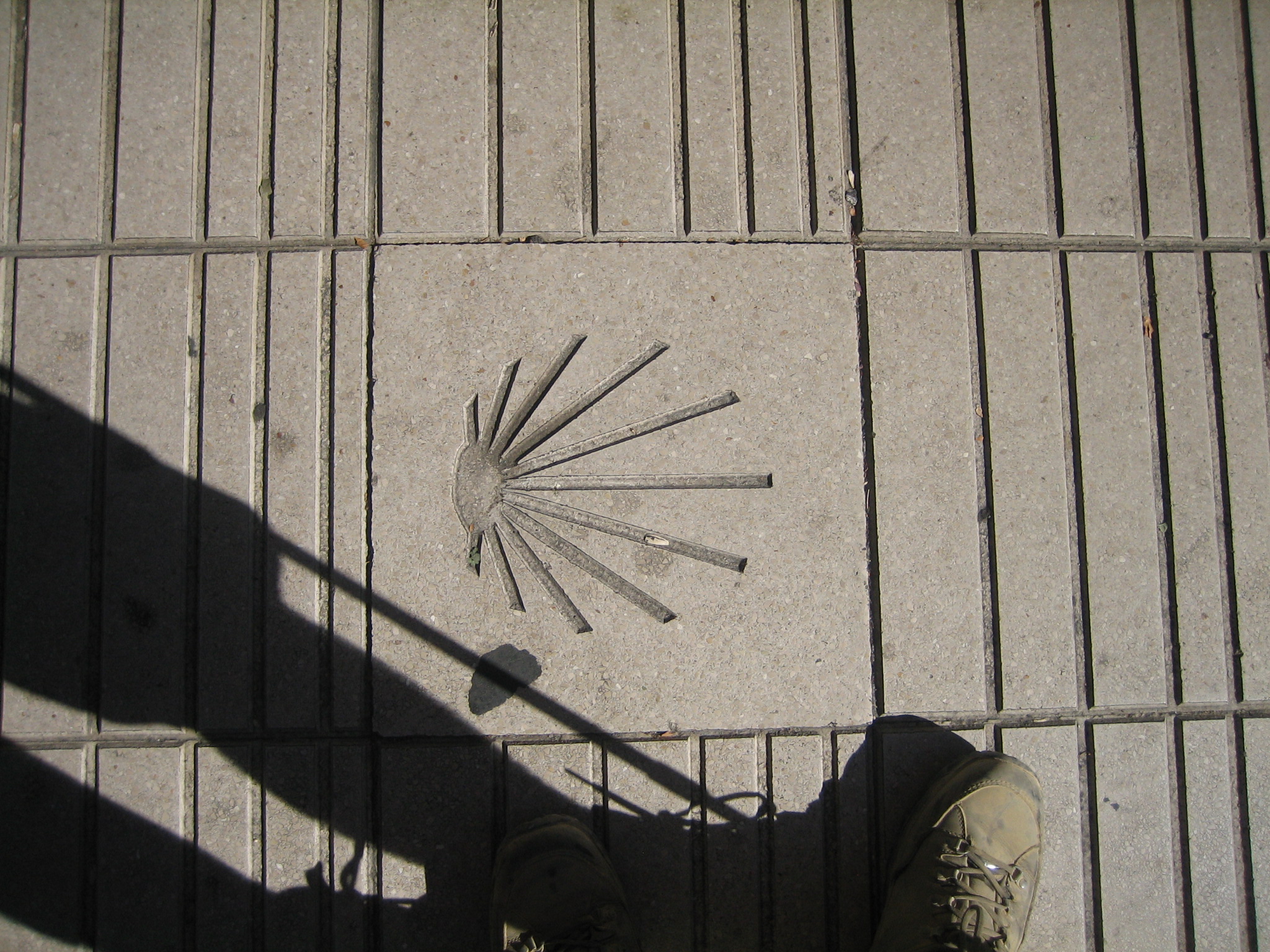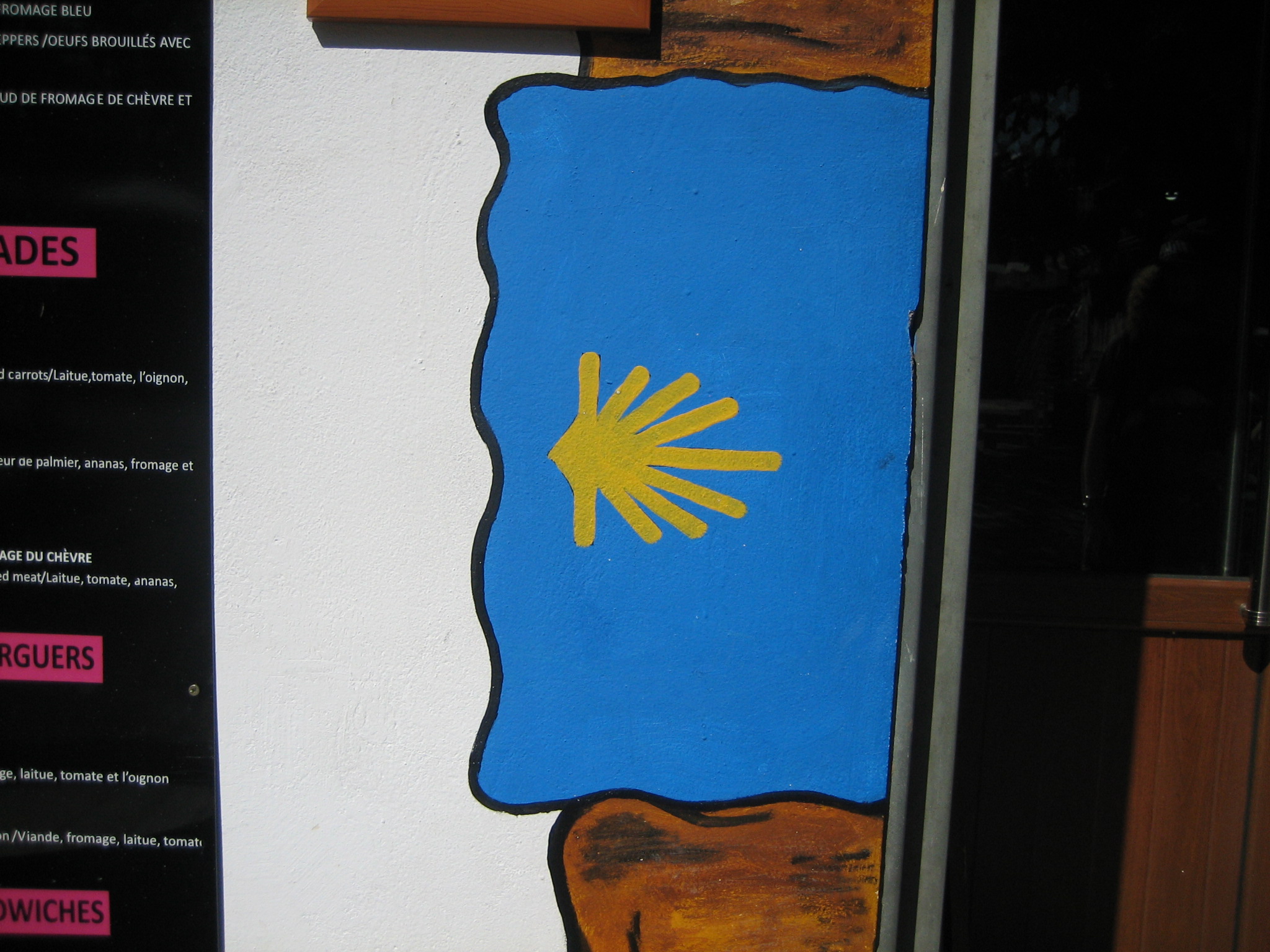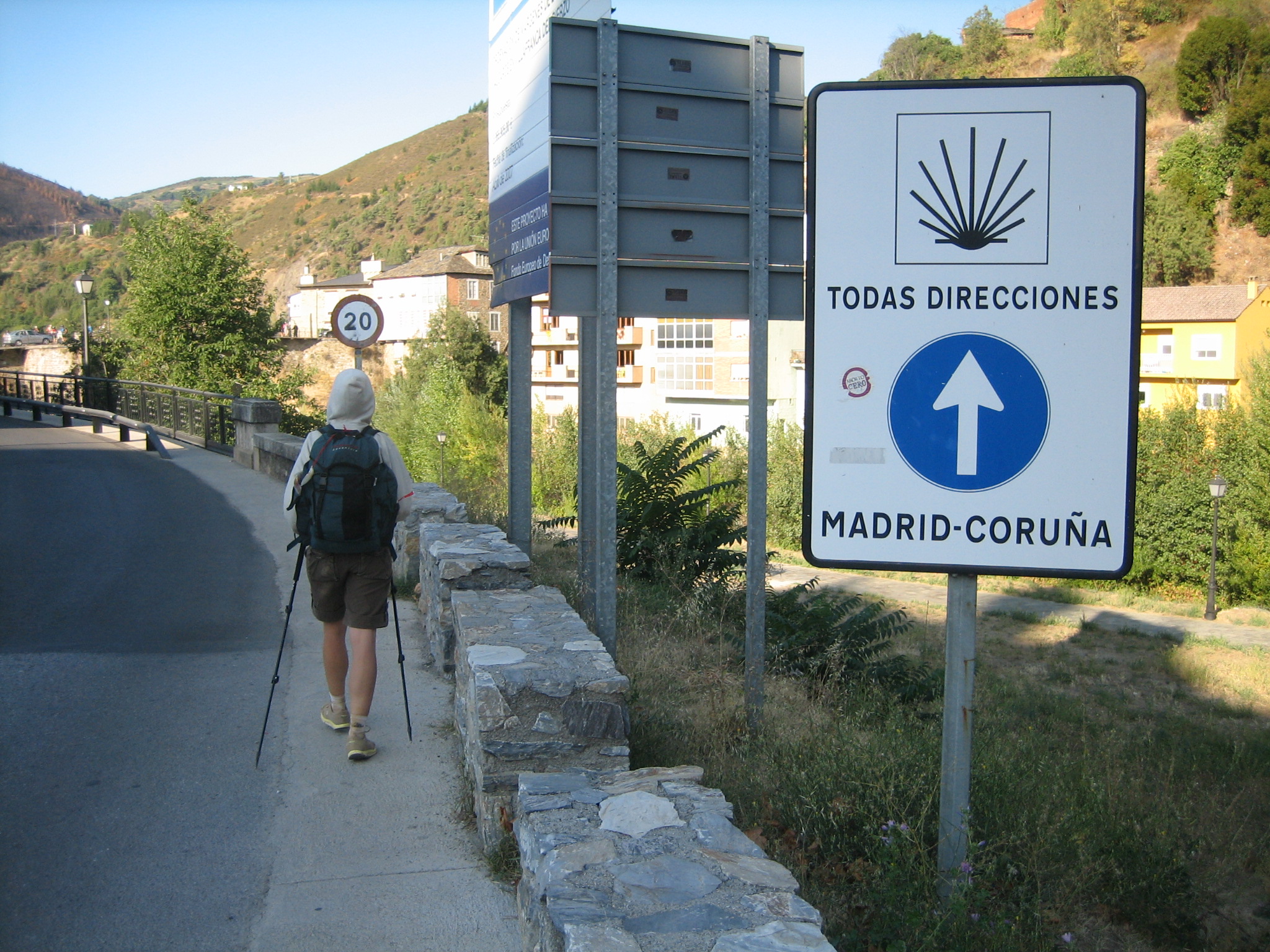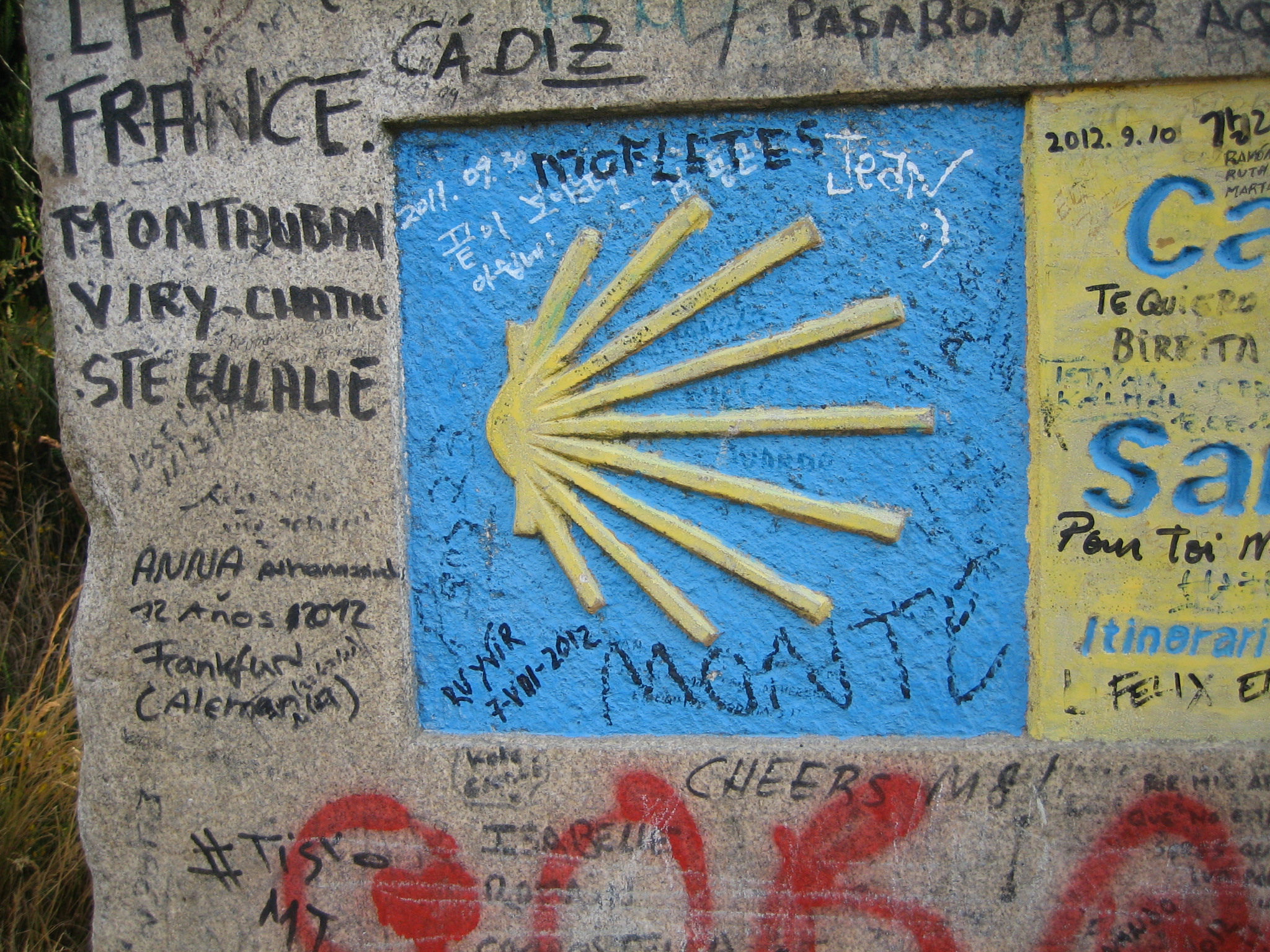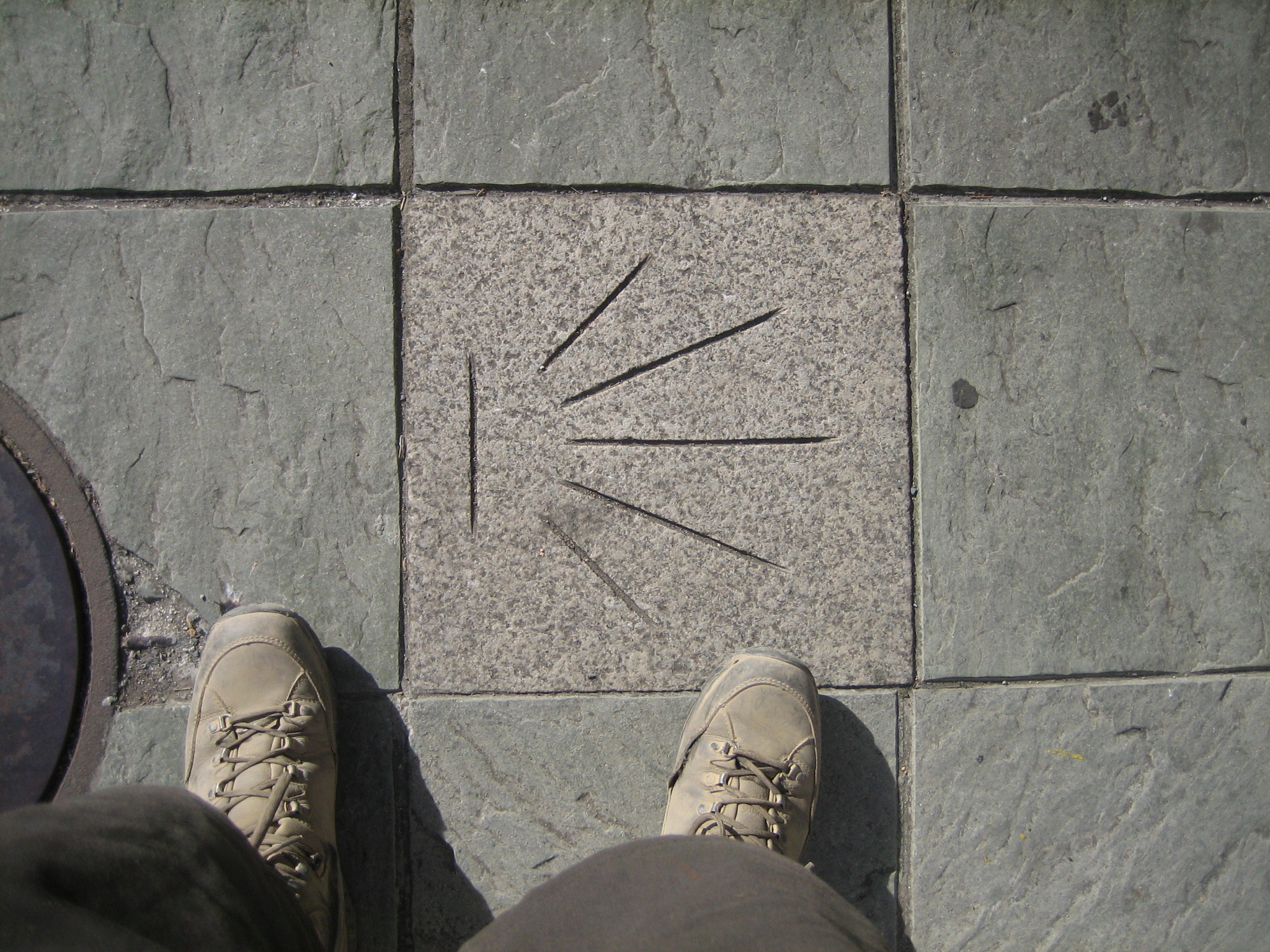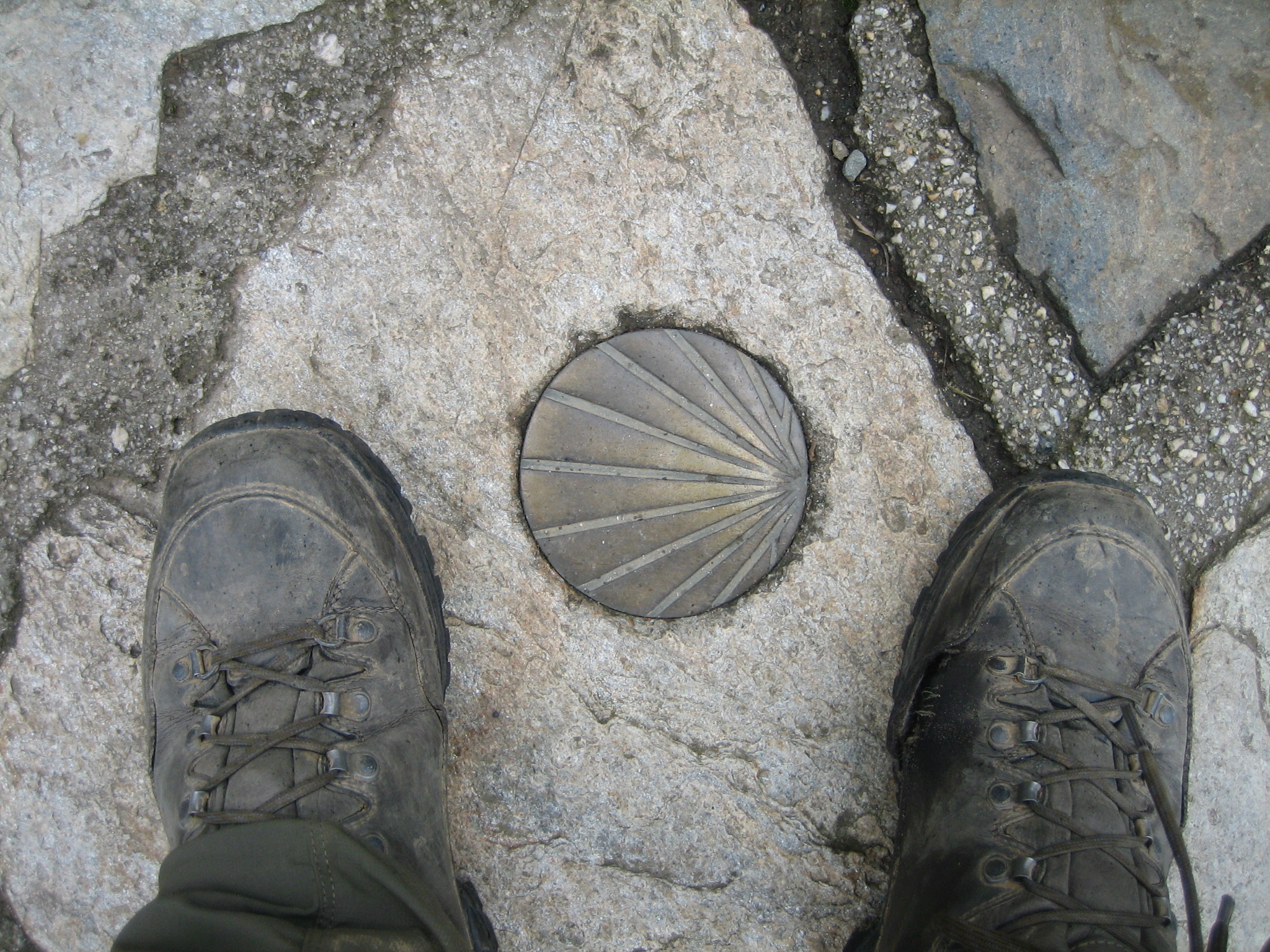Wayfinding on the Camino de Santiago
Three years ago I walked from Bayonne to Pamplona, along the little known Camino Baztan, before joining up with the much more popular (I was literally swept up in a tide of middle-aged Canadian and Irish women), Camino de Santiago, one of the most important pilgrimage routes of the Middle Ages.
I covered 850 kilometres (540 miles, for any Proclaimers fans) in 28 days, meeting many interesting people from around the world, all doing the walk for their own different reasons. Arguably most were religious, though some were doing it for fitness, and many, like me, were simply doing it because they could. Whether they were between jobs, careers, relationships or simply retired, they had the freedom to walk and by doing so, might find answers to big questions along the way, free from the distractions of work and life in a city.
I ate a lot of protein and carbs—pasta, and tuna, tinned tomatoes and sweetcorn, bread, cheese, and my favourite—chorizo. I walked the length of the Rioja region, and the wine was great value—often only a few Euros a bottle and so I drank accordingly (in fact, in the town of Irache, courtesy of the local winery, there is a trailside fountain which dispenses free red to thirsty travellers).
I did a lot of thinking, and also came to greatly appreciate the wonder of the human body, its ability to communicate, adapt, and overcome physical hardship with little more than an early night's sleep and vast quantities of simple food. I discovered an effective way to deal with blisters, though perhaps not one for the squeamish…
After 4 weeks of aches and pains (due to an unexpected work deadline my Camino became more a physical feat than a spiritual one), my journey ended at the coast in Galicia—a strange culinary, horticultural and musical mash-up of Spain, Scotland and Australia (where else can you eat octopus whilst listening to the bagpipes, surrounded by Eucalyptus trees, in the rain). As per tradition, I set alight an item of clothing, (my by now very smelly straw hat) amongst the rocks at Cape Finisterre, which apparently translates from the Roman 'Edge of the World'. Indeed, this beautiful coastline marked the western limit of their vast empire.
The official symbol of the Camino is the scallop shell, long used by walkers to identify their status as a 'Perigrino' (most often these days attached to one's backpack), though for most people the scallop shell is synonymous with the Shell Oil Company logo. As a metaphor, the grooves in the shell, which meet at a single point, represent the various routes pilgrims traveled, eventually arriving at a single destination: the tomb of Saint James in Santiago de Compostela. More practically, these lines are used as a wayfinding device, guiding one through forest, desert, plain and city—though care has to be taken, in some regions the convergent point indicates the correct direction of travel, and in others it's the longest, central line (pointing in the completely opposite direction)! Luckily, many have an arrow painted alongside, to avoid any confusion.
En route to Santiago, the trail passes through numerous hamlets and towns, and so there are many renditions of the shell to be found. These range from crude paintings on large stones, to minimalist symbols set in concrete pavements. Here are just a few I encountered on 'The Way'.

